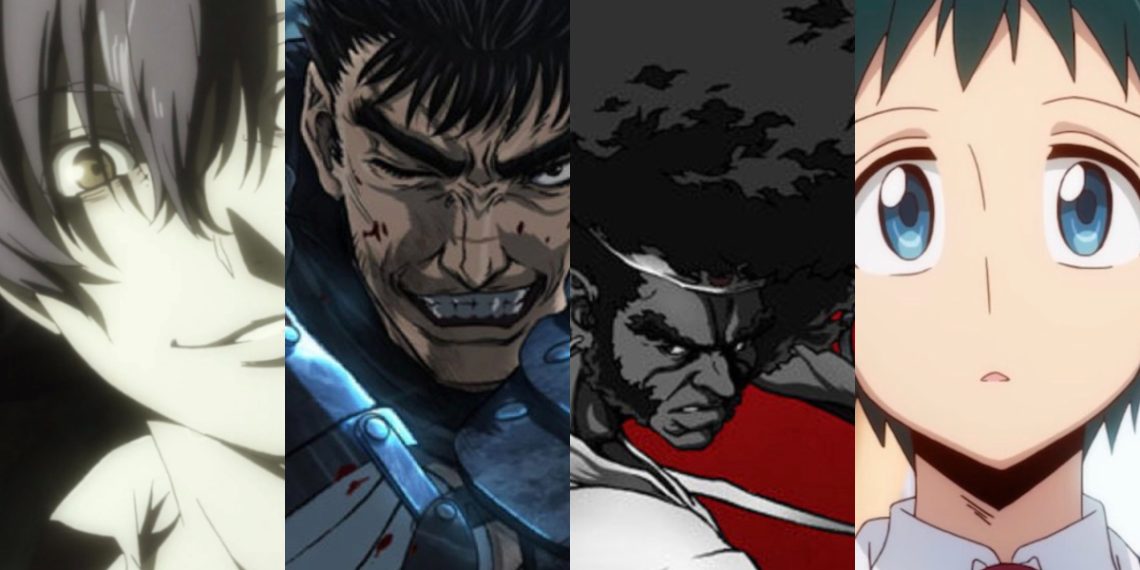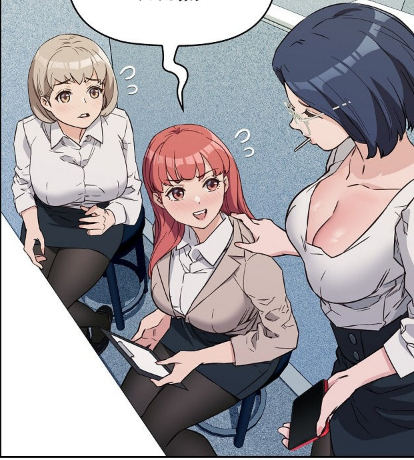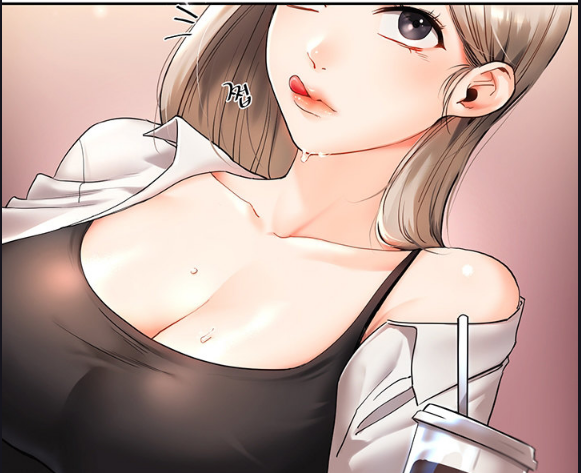Revenge is one of the most primal human motivations, capable of driving people to astonishing lengths to right perceived injustices.
This theme resonates powerfully in the world of anime, where characters frequently endure incredible hardships and clashes on their winding journeys toward retribution.
The wellspring of vengeance varies widely – from personal affronts to noble stands against oppression to defending loved ones.
But whatever the spark, anime paints revenge as an explosive cocktail of emotion that fuels some of the most white-knuckle storylines the medium has ever seen.
In cataloging the most impactful anime fueled by vengeance, we unearth both revered classics and contemporary hits that enrapture audiences with their meticulously crafted descent into retaliation.
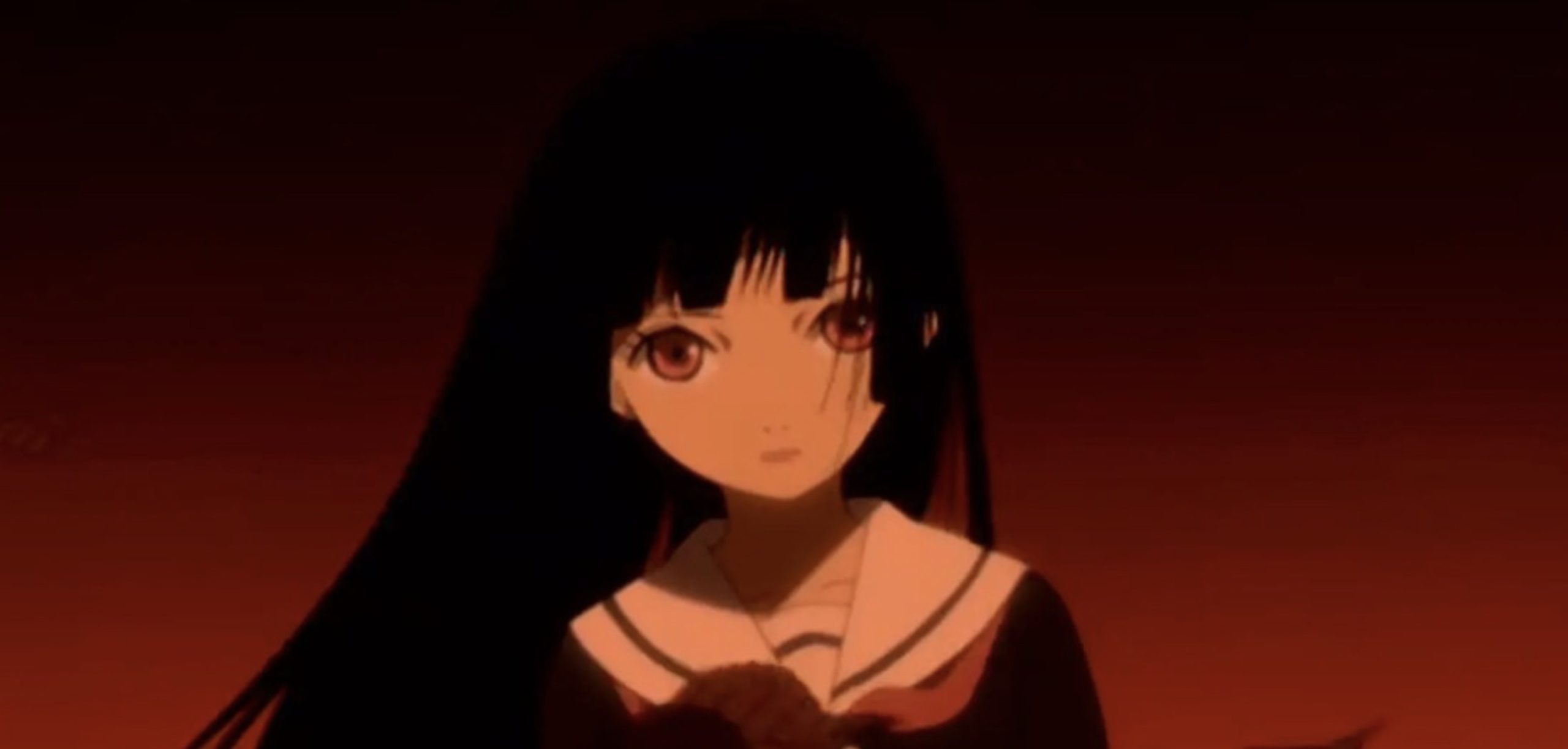
Whether the shows date back decades or just a few years, they unveil the incredible trials their characters undergo once revenge lights a fire in their hearts that won’t be easily extinguished.
Top 20 Best Revenge Anime Series Of All Time
Through intense action, complex plotting, and unforgettable personalities, these anime showcase the drama, suspense, and catharsis that the quest for vengeance can unleash.
So prepare for thrilling rides filled with intrigue, emotional turmoil, and hard-won triumph as we dive into the most compelling, shocking, and unputdownable revenge stories ever animated. The time for retribution is at hand!
20. Rising of the Shield Hero
Naofumi Iwatani finds himself unwillingly transported to a fantasy world where he is designated as the Shield Hero, one of four cardinal Heroes meant to save the realm.
However, due to his unimpressive shield weaponry, he is ostracized by society and betrayed by his supposed allies.
Framed and defamed, the once optimistic Naofumi becomes jaded and cynical, consumed with getting vengeance on those who falsely accused and scorned him.

The anime immediately hooks viewers as Naofumi sets the wheels of retaliation in motion. His ruthless pursuit of reprisal makes for a captivating viewing experience in the early episodes, perfectly capturing the catharsis of long-awaited justice.
The vivid portrayal of antagonists makes them easy to revile, heightening satisfaction as Naofumi punishes them for their misdeeds.

While the themes of revenge and redemption initially drive the plot forward at breakneck speed, the show gradually shifts focus to explore more standard Isekai and harem genre tropes as it continues.
The intensity of the retribution that so thoroughly engrosses initial audiences gives way to comparatively bland adventuring stories.
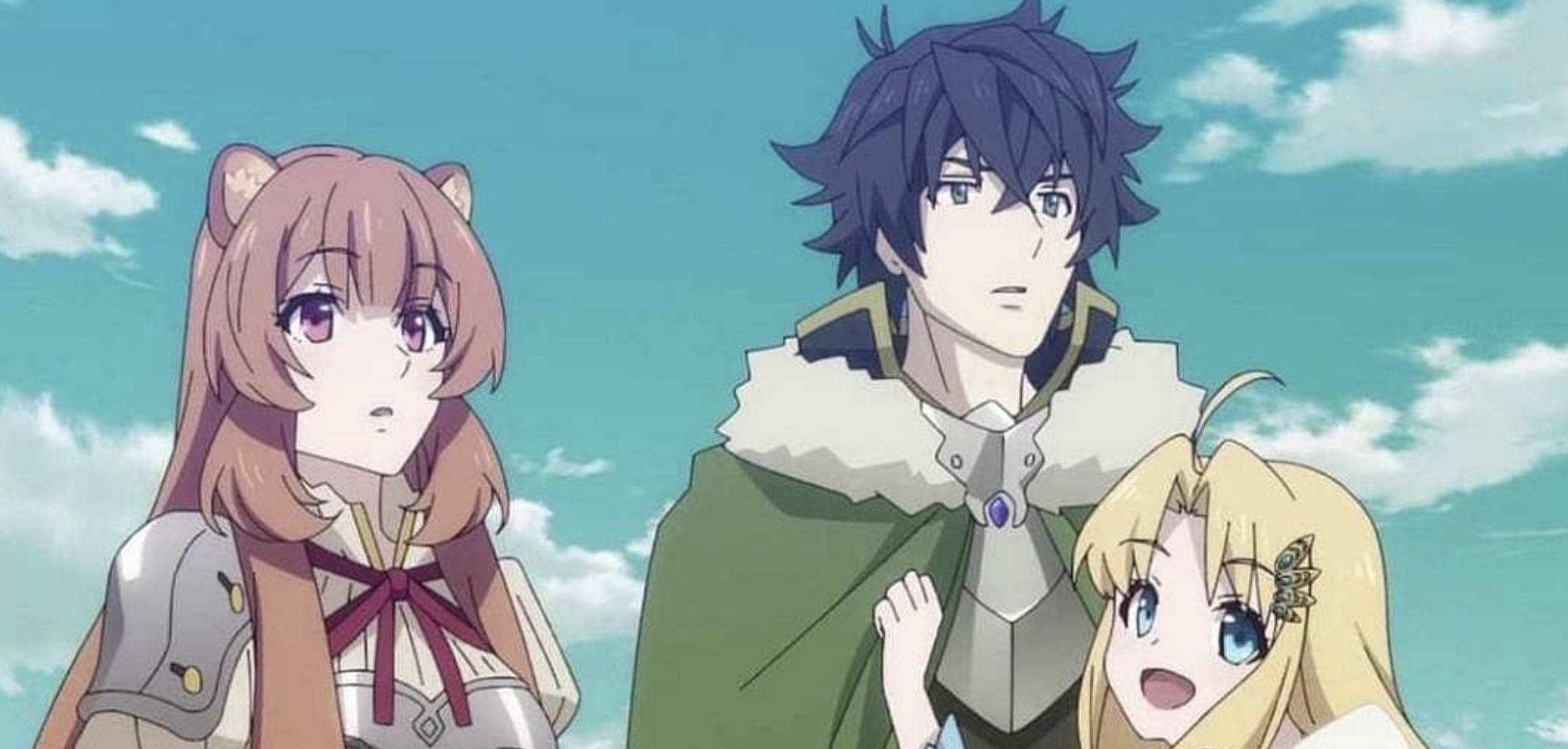
Though the anime never again reaches the same narrative heights, it set during its opening hooks, Rising of the Shield Hero still delivers an entertaining revenge story in its early episodes that Isekai and fantasy fans may find worthwhile.
19. Masamune Kun no Revenge
As a young boy, the overweight Masamune Makabe treasured his friendship with the pretty and wealthy Aki Adagaki, making her cruel rejection and derisive “Pig’s Foot” nickname that much more devastating.

Vowing vengeance, Masamune recreated himself through strict diet and exercise regimes, resurfacing in high school as an attractive yet cocksure youth finally ready to make Aki fall for him and then spurn her as painfully as she had him.
When he crosses paths with Aki again, Masamune is relieved she fails to recognize him but is troubled that her unusual servant and classmate Yoshino Koiwai seems to know Masamune’s embarrassing former identity.
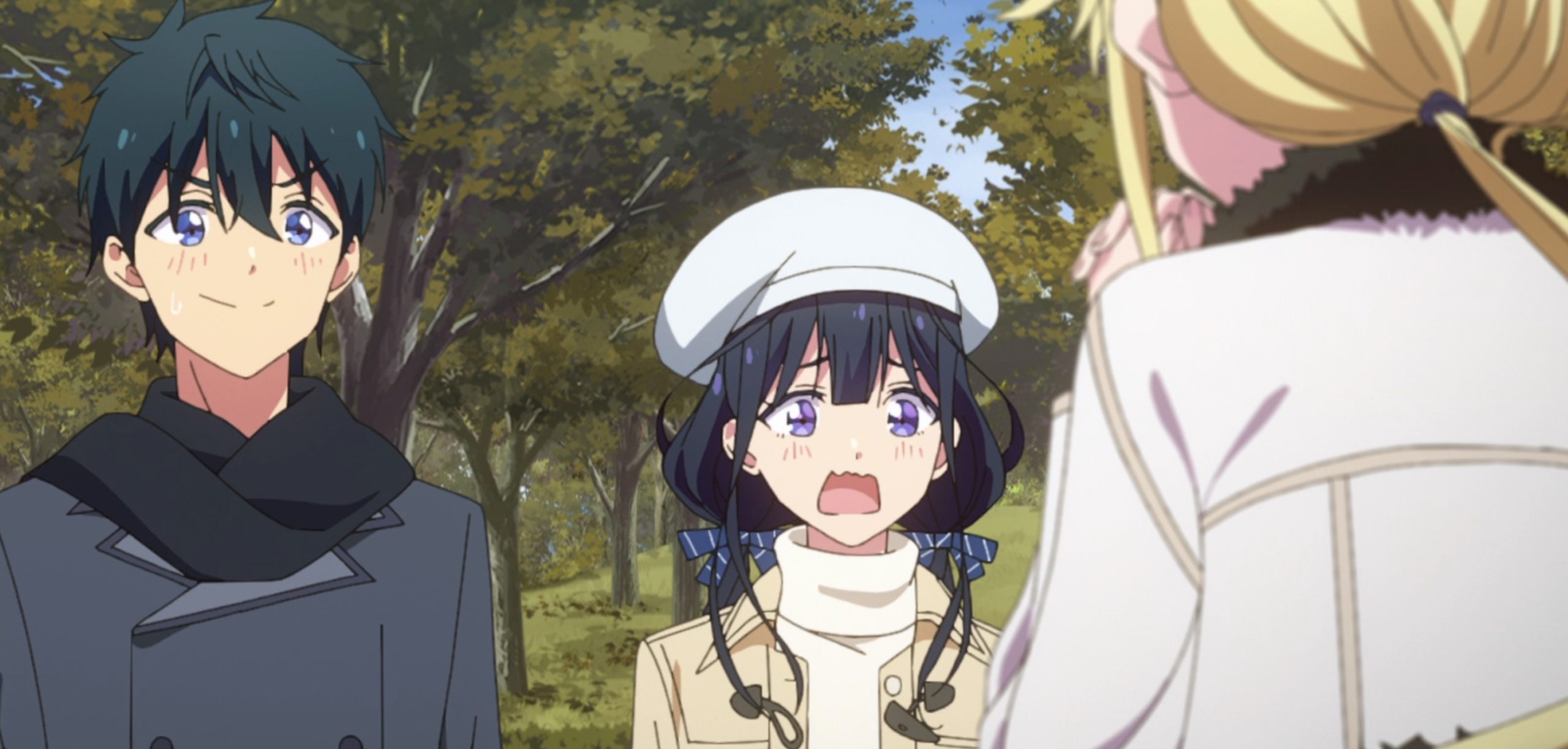
Undeterred in his quest for long-awaited comeuppance, Masamune continues his charade to toy with Aki’s heart, but his scheming grows complicated as he finds himself repeatedly crossing paths with both Aki and Yoshino.
While the early chapters brim with tension as Masamune navigates his convoluted plots for revenge, the series settles into more of a romantic comedy mold as it continues.
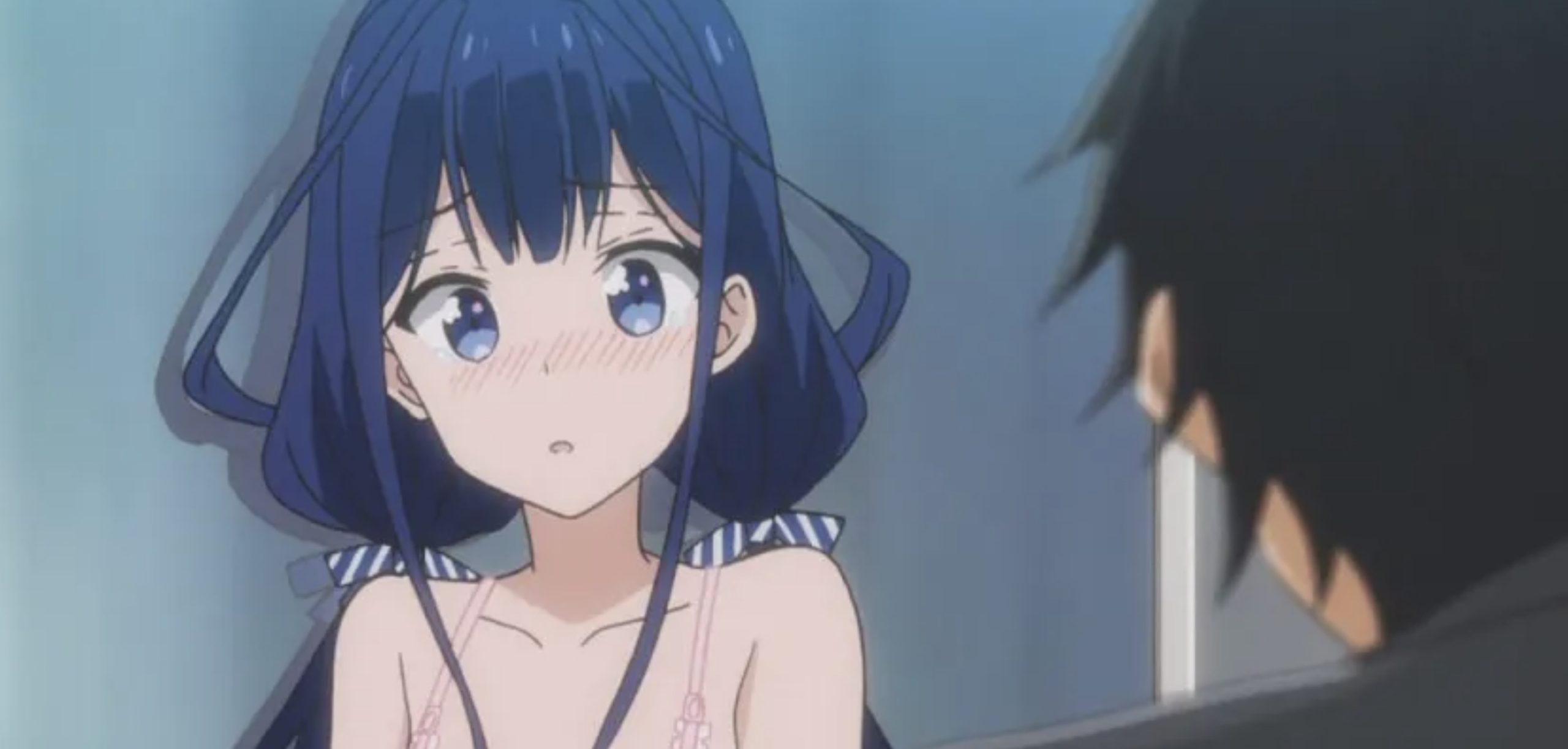
The narrative hooks readers early on with the catharsis of Masamune finally settling old scores. Still, the manga’s later focus on his wavering schemes and messy relationships makes for lighter entertainment compared to the devious vengeance that initially fuels the protagonist and story.
Though operating in a popular genre space, Revenge offers a uniquely motivating narrative of retaliation that sets it apart from other romantic comedies.
18. Redo of Healer
Keyaru possesses potent healing magic but little status in a world that exploits and abuses those unable to defend themselves.

Sexually assaulted by both warriors and citizens alike, Keyaru discovers his magic’s dormant offensive potential too late to prevent his torment. However, through a unique reaction between his powers and the world’s Philosopher’s Stones, he gains the ability to reverse time.
Given a second chance, Keyaru vows to forge a different future. He hones his magic into a devastating weapon, tracking down former abusers one by one to return their cruelty tenfold.
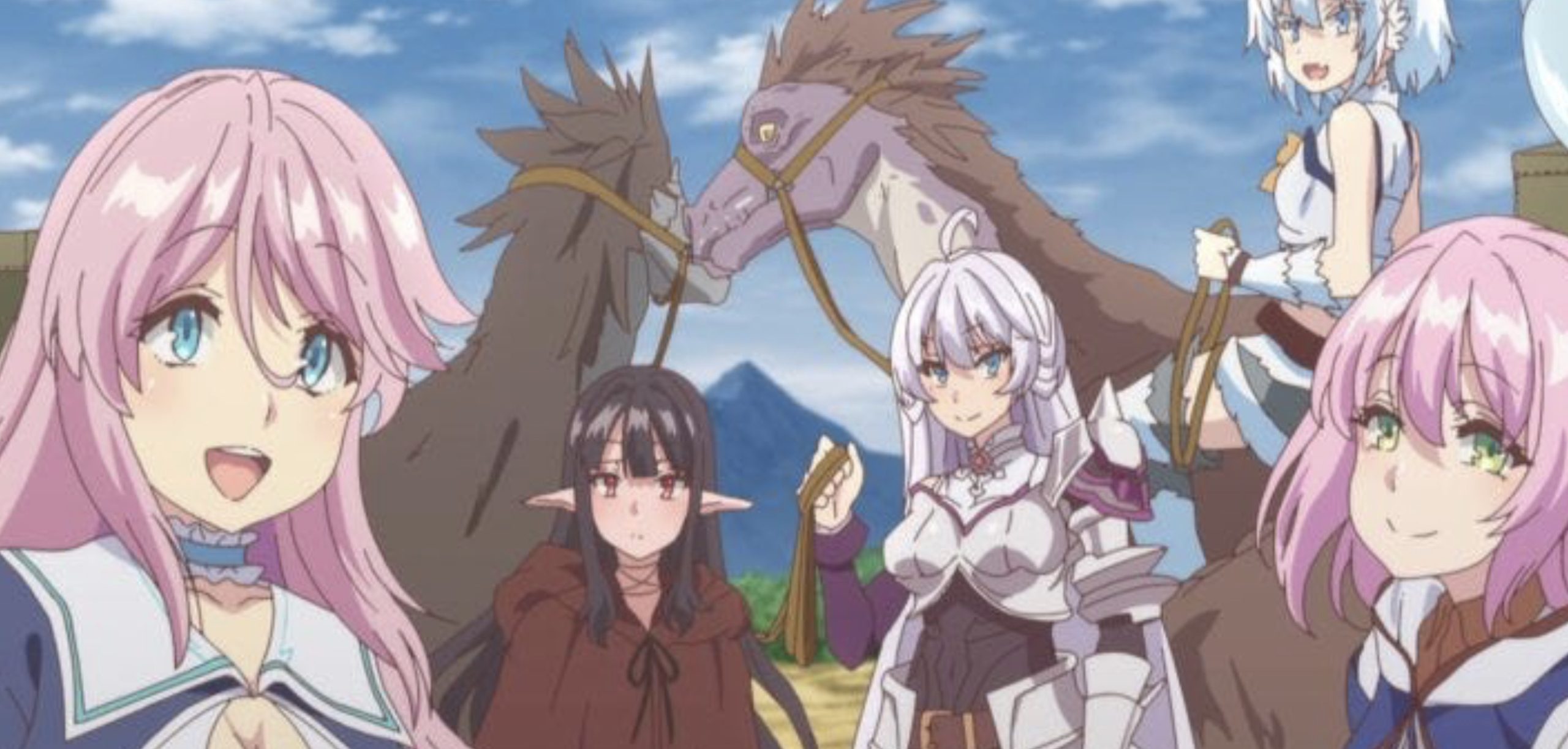
No longer helpless, Keyaru embraces a sadistic glee in creatively dishing out vengeance. Though perceived as weak in his first life, Keyaru’s burgeoning legend as an unstoppable force of vengeance now threatens the corrupt powers ruling the empire.
The anime pulls no punches, weaving a macabre gratification from Keyaru ruthlessly righting past wrongs. Searing retaliation dominates early episodes while hints of enduring trauma and emotional scars bubble under the surface.

However, as the series progresses, focus shifts from the smarter subversions of isekai expectations toward leaning into edgy shock value and harem dynamics. Still, witnessing Keyaru’s ruthless pursuit of score-settling satisfaction makes for a unique and captivating revenge tale early on.
17. Hell Girl
Hell Girl follows an anthology format, with most episodes centered around a self-contained revenge tale of an individual pushed to vengeful extremes.
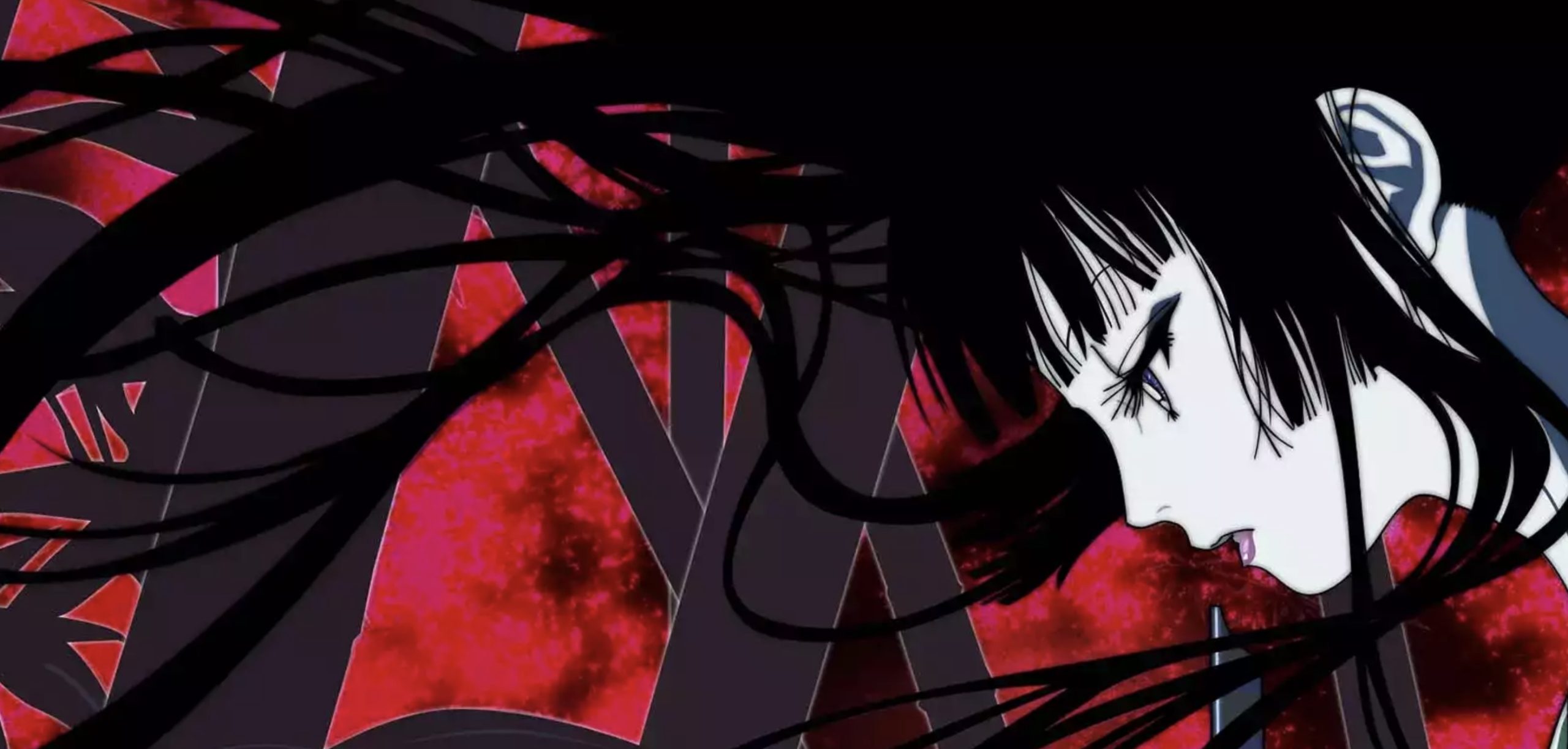
Tormented souls access the mysterious Hell Correspondence website to request the help of Ai Enma, the enigmatic Hell Girl, in meting out retribution by condemning their tormentors to eternal damnation.
This pact comes at a dear cost, however, dooming the contract holder to the same infernal fate after death.

As the series progresses, the morality of Hell Correspondence and the nature of revenge are explored through multiple lenses.
Investigative reporter Hajime Shibata begins exposing the true ramifications of Ai Enma’s work in the mortal realm. His daughter Tsugumi’s unnerving connection to the Hell Girl hints at larger machinations.
Violent townsfolk, a haunting prepubescent girl Kikuri acting as Hell’s agent, and even Ai Enma herself falling prey to an all-consuming wrath all provide engrossing case studies on the corrupting cycle of vengeance.

By offering snapshots of retaliation and regret through self-contained chapters while hinting at a broader mythology of damnation and salvation, Hell Girl crafts a thrilling, philosophical, and emotionally complex revenge tragedy.
Later seasons continue building out the supernatural framework, following protégés and successors carrying on Hell Correspondence’s function.

However, the series finds its most compelling moments in the more intimate, ugly portrayals of vengeance and mob justice.
Hell Girl chillingly captures both the cathartic high and nihilistic cost of seeking eye-for-an-eye recompense, woven between episodic tales and an enduring backdrop of the infernal bureaucracy that facilitates, records, and profits from quenching humanity’s taste for revenge.
16. Blade of the Immortal
Cursed with immortality after a violent past, the skilled swordsman Manji wanders searching for redemption by killing one thousand evil men.
His vow traces back to his sister’s death and his role inadvertently enabling a sinister rising power in the swordsman underworld.
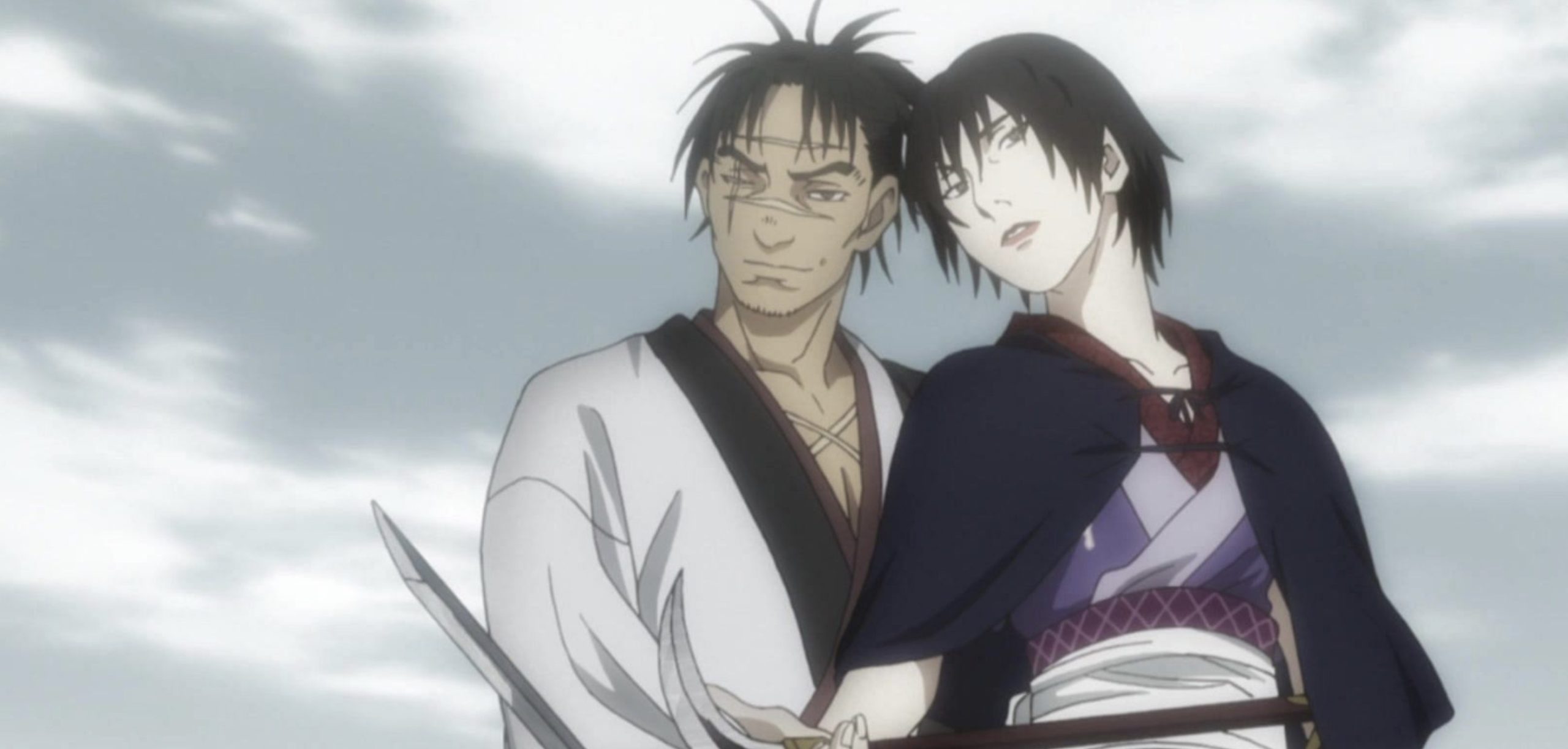
The charismatic yet merciless Kagehisa Anotsu slaughtered a peaceful dojo and now leads the Ittō-ryū school centered around embracing whatever vicious techniques prove effective, rapidly conquering and corrupting rival factions.
Seeking vengeance after her family perished from Anotsu’s raid, the young Rin Asano allies with Manji to help reclaim justice.
As the unlikely partners traverse the countryside, they encounter mysterious factions seemingly aligned in opposition to the Ittō-ryū’s brutal expansion.
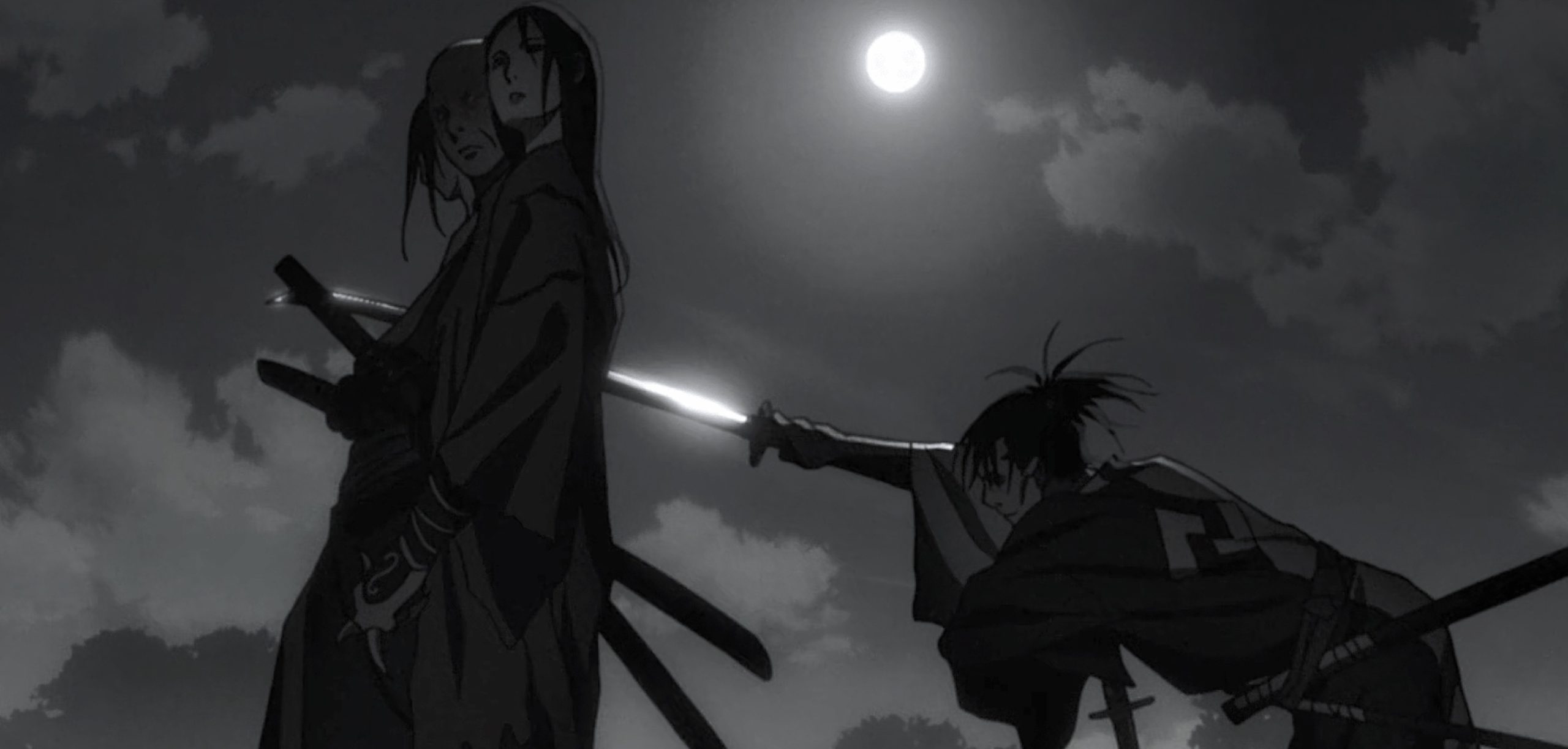
One such group of shady competencies hints at unknown government ties and agendas while offering Manji a place within their ranks.
Yet the wary immortal holds off fully joining either side of the brewing underground conflict, remaining focused on his private redemption quest as events escalate.
When ethical compromises arise, Manji opts out rather than lose himself to the cyclic revenge plaguing the land.
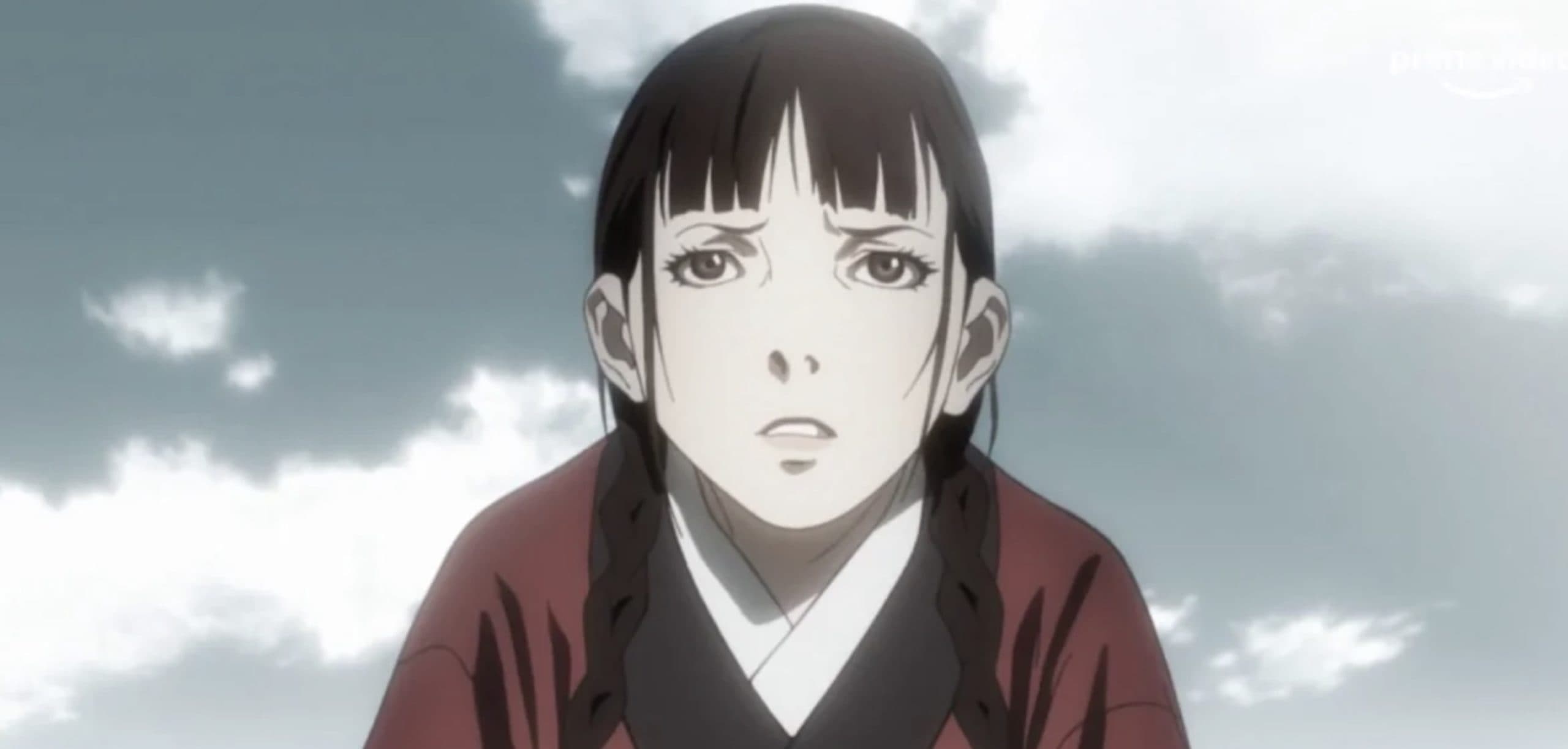
Hisseen detachment weighted by the burden of centuries of regret makes Manji’s character a compelling lens to explore the narrative’s intricate temporal themes of mortality, attrition, and fluctuating moral relativity in an era of massive transition through violence.
By maintaining narrative momentum across multiple volumes through both brief violent arcs and slower reflections on the philosophical underpinnings linking samurai doctrine to the cursed sustainment of Manji’s soul, Blade of the Immortal stands out for epic scope and vision.
15. Gun X Sword
Blending sci-fi and Western motifs, Gun X Sword crafts a unique anime setting where mechanical giants roam the wilderness, and villainous organizations vie for global domination.
It is in this stark futuristic landscape that Van, an enigmatic lone vigilante, travels in search of the clawed assassin who murdered his fiancee.
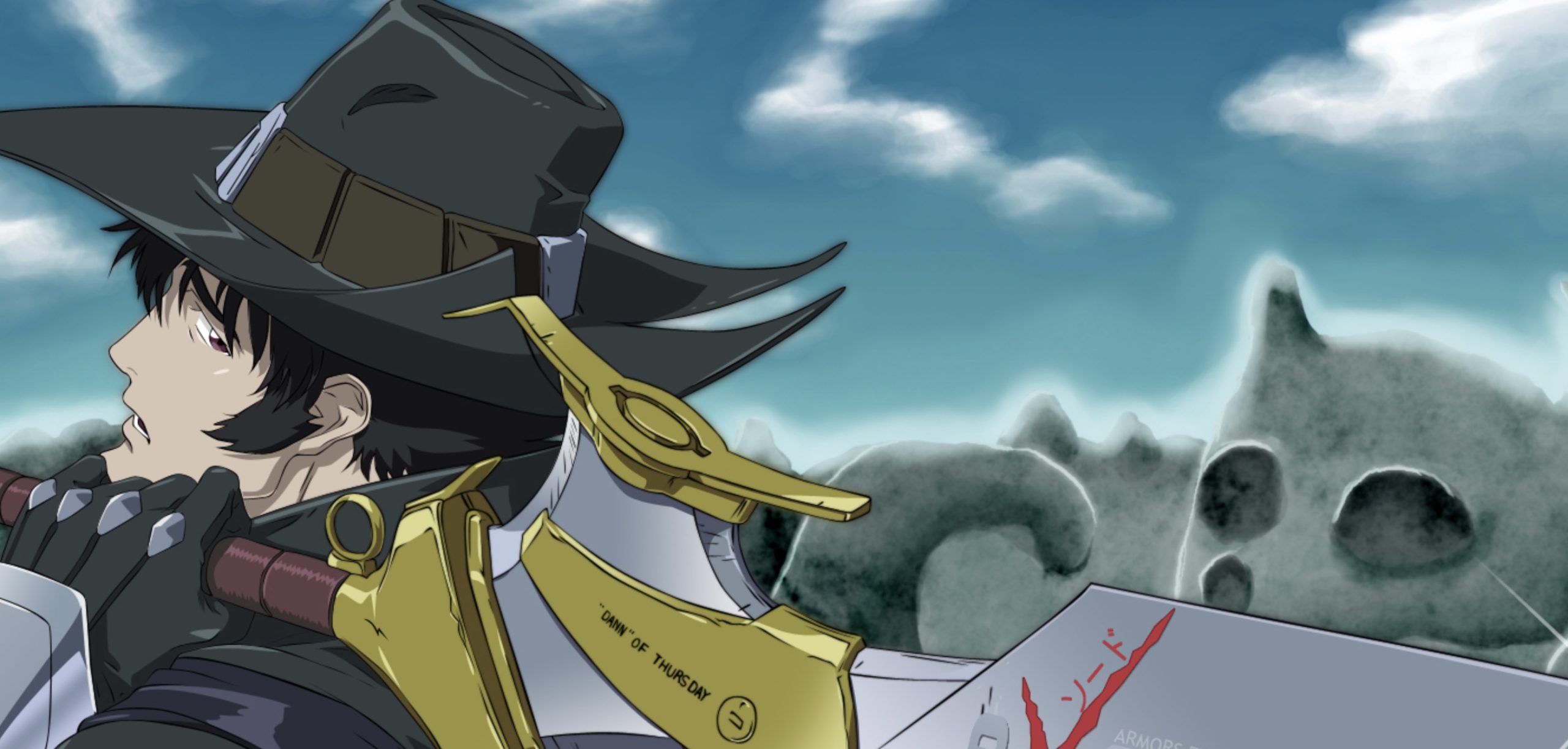
When fate brings Van into a reluctant alliance with a mysteriously gifted girl named Wendy, the secrets binding their futures begin to unravel.
Wendy’s strange visions seem intrinsically tied to Van’s fiancee as well as the criminal mastermind Van hunts.
As shadowy government conspiracy and betrayals emerge, Van realizes Wendy may hold the key to finally getting revenge and justice.
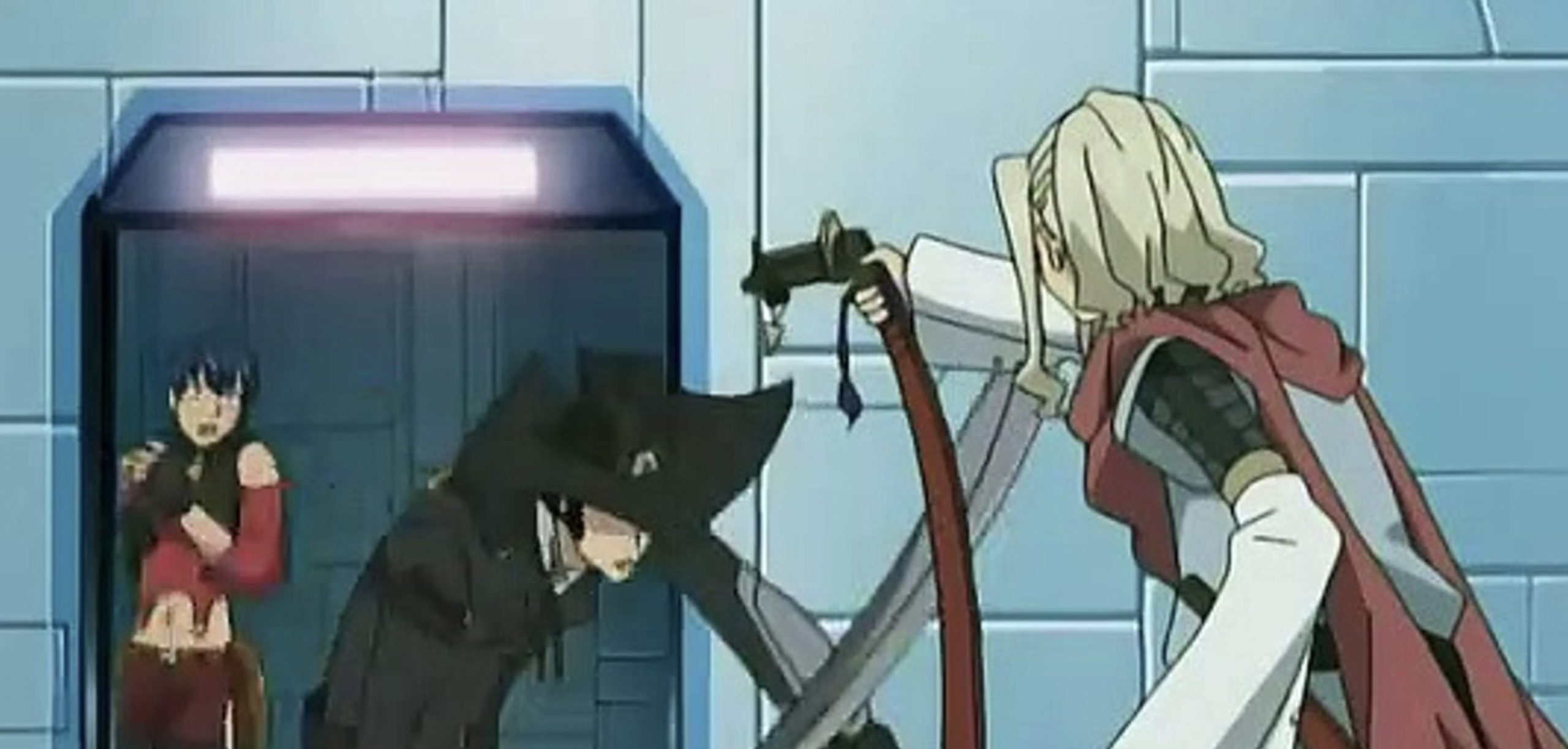
Backed by retro-futuristic style and compelling character dynamics, Gun X Sword taps into pulpy action adventure vibes reminiscent of cowboy bebop.
The riveting fight choreography and multi-episode adversarial showdowns keep the narrative momentum rolling.
The unique blend of a Western revenge premise with a mecha-sci-fi setting builds an immersive atmosphere ripe for drama while modern flair elevates the animation quality for slick visuals.
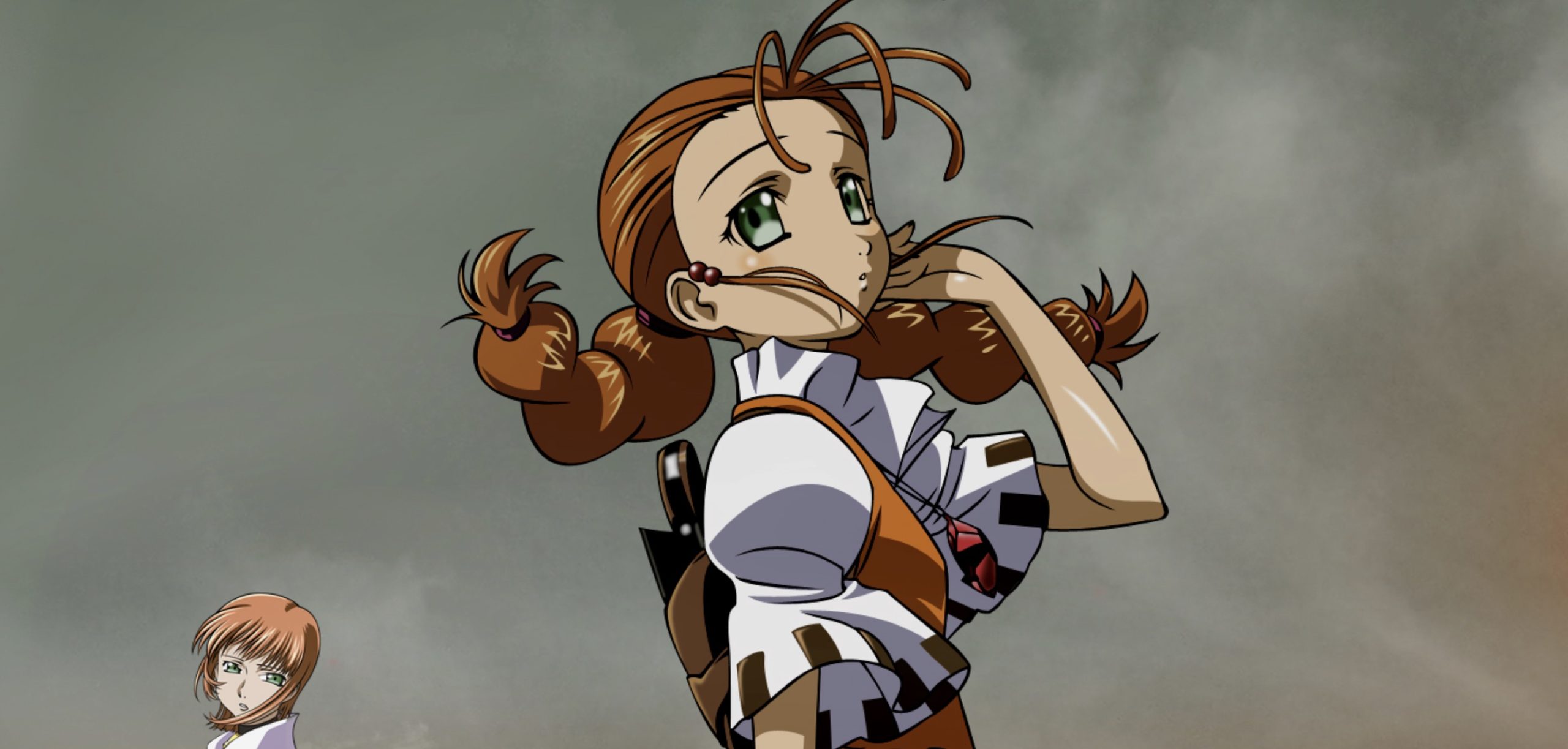
Overall, Gun X Sword delivers a thrilling genre-bending saga fueled by Van’s unwavering conviction in settling an intensely personal score.
14. Talentless Nana
Talentless Nana subverts expectations right from its premise – a seemingly unremarkable high school girl, Nana Hiiragi, transfers into a prestigious academy for youths with superpowers.

However, though surrounded by teens with incredible abilities, Nana alone possesses no gifts, armed only with her sharp wit.
When a rash of murders rocks the isolated campus, Nana takes it upon herself to protect her classmates and uncover the killer in their midst, suspecting things aren’t as straightforward as they appear.
As Nana works to balance her school life while discreetly investigating leads, she must outmaneuver gifted teens who could easily overpower her, as well as deduce the true motivations behind the ominous killings.
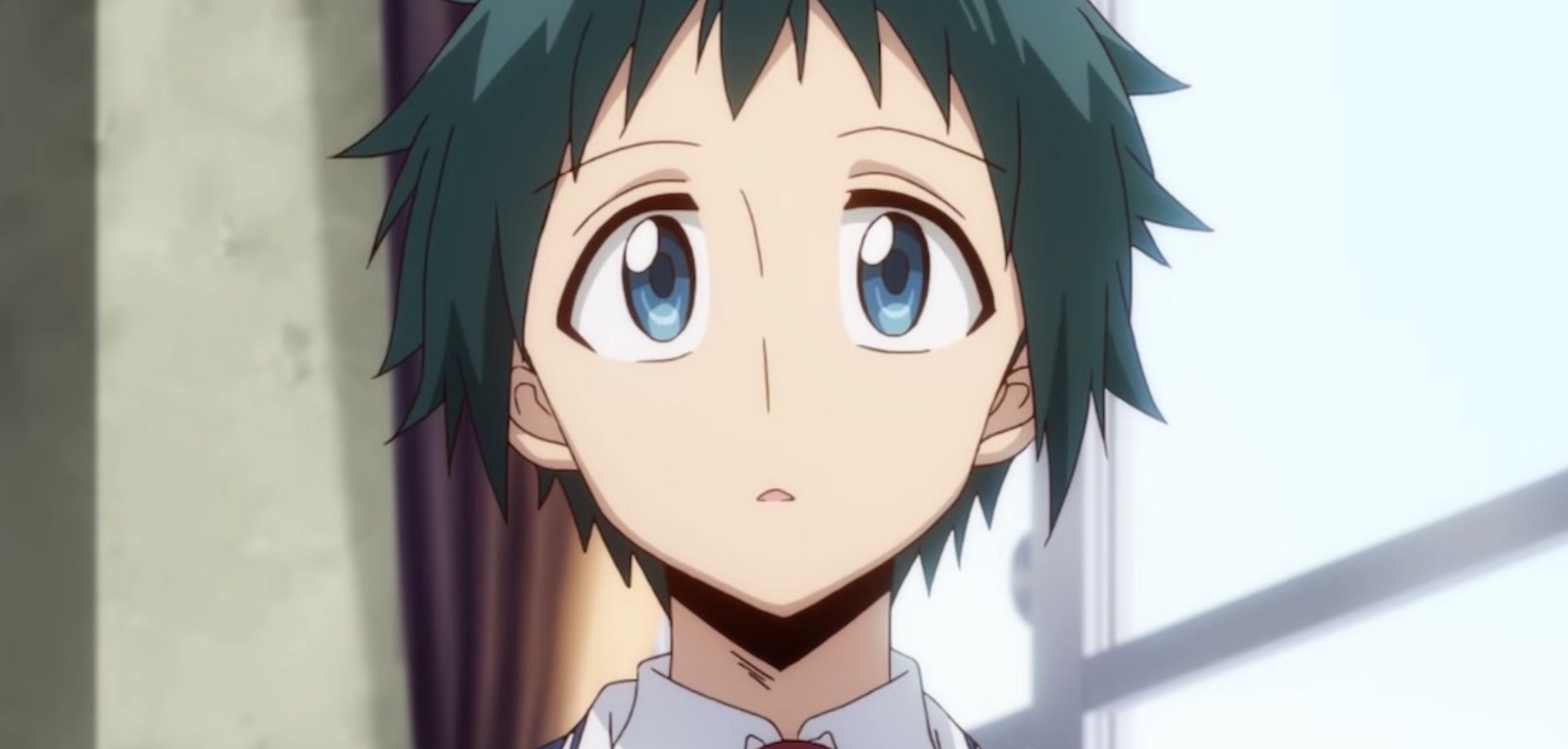
The narrative constantly shifts the audience’s assumptions as cunning plans and betrayals reveal the limited reliability of individual character perspectives.
Antiheroes become victims, and innocents transform into threats when dormant powers and ulterior motives are unveiled.
Talentless Nana masterfully builds suspense through plot twists that challenge the typical hero-villain dichotomy.
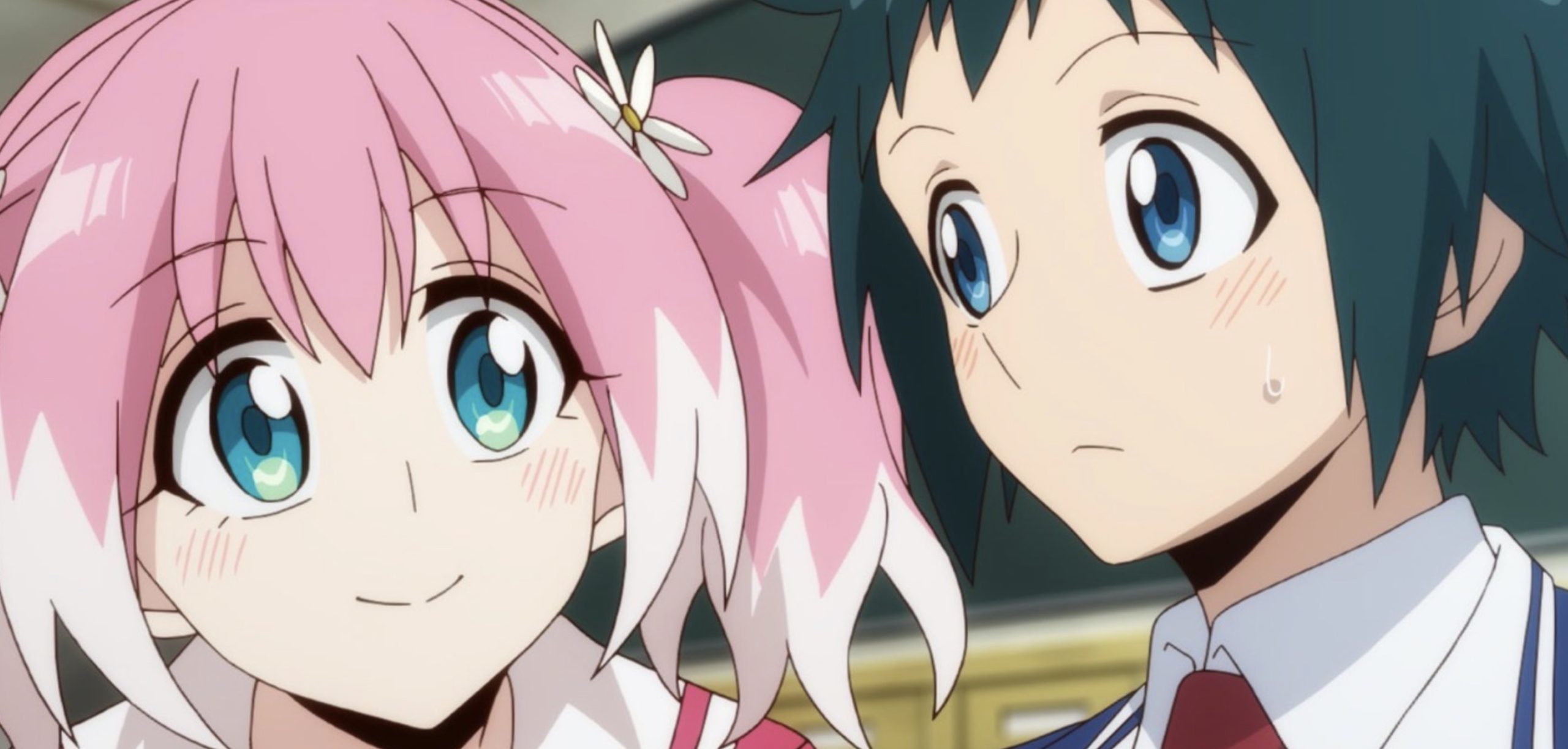
Relying on her intelligence and deductive ability instead of brute supernatural force, Nana makes for an unlikely protagonist in a world where ethics get compromised in the name of justice.
Backed by thriller-inspired tension and apt misdirection, the series crafts a captivating cat-and-mouse game filled with critical thinking and questions on morality.
13. Rokka no Yuusha
A group of six warriors, referred to poetically as the “Braves of the Six Flowers,” are selected by a powerful goddess who determines destiny and fate.
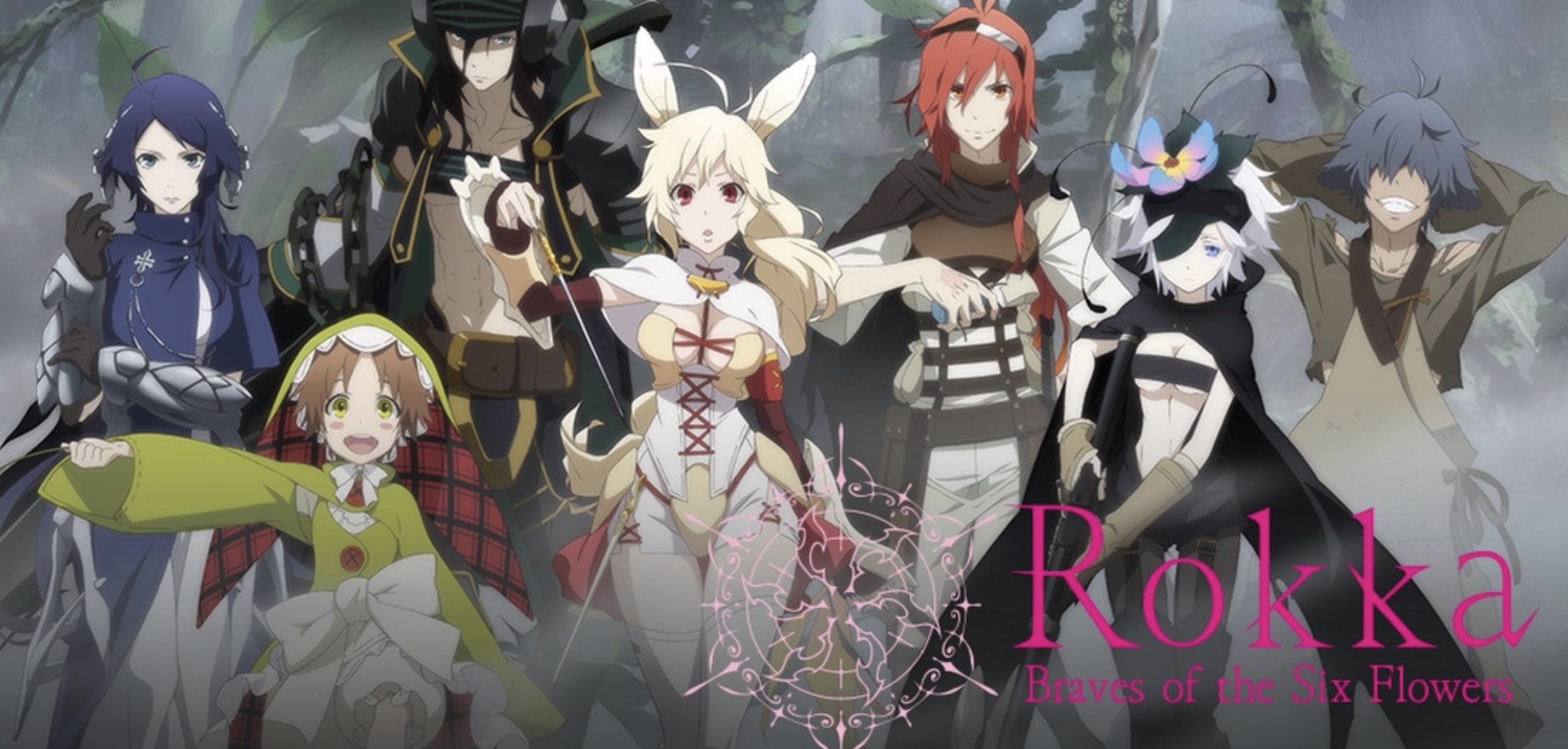
Her purpose in choosing them is for these brave individuals to confront and defeat a threatening demonic entity known as the Demon God.
When this group, who have been summoned by the goddess, initially assembles, there are unexpectedly seven human heroes present rather than six.
This leads to suspicion and concern that one among their number is likely an imposter and agent working secretly on behalf of the Demon God himself, infiltrating the group with a deceptive intention.
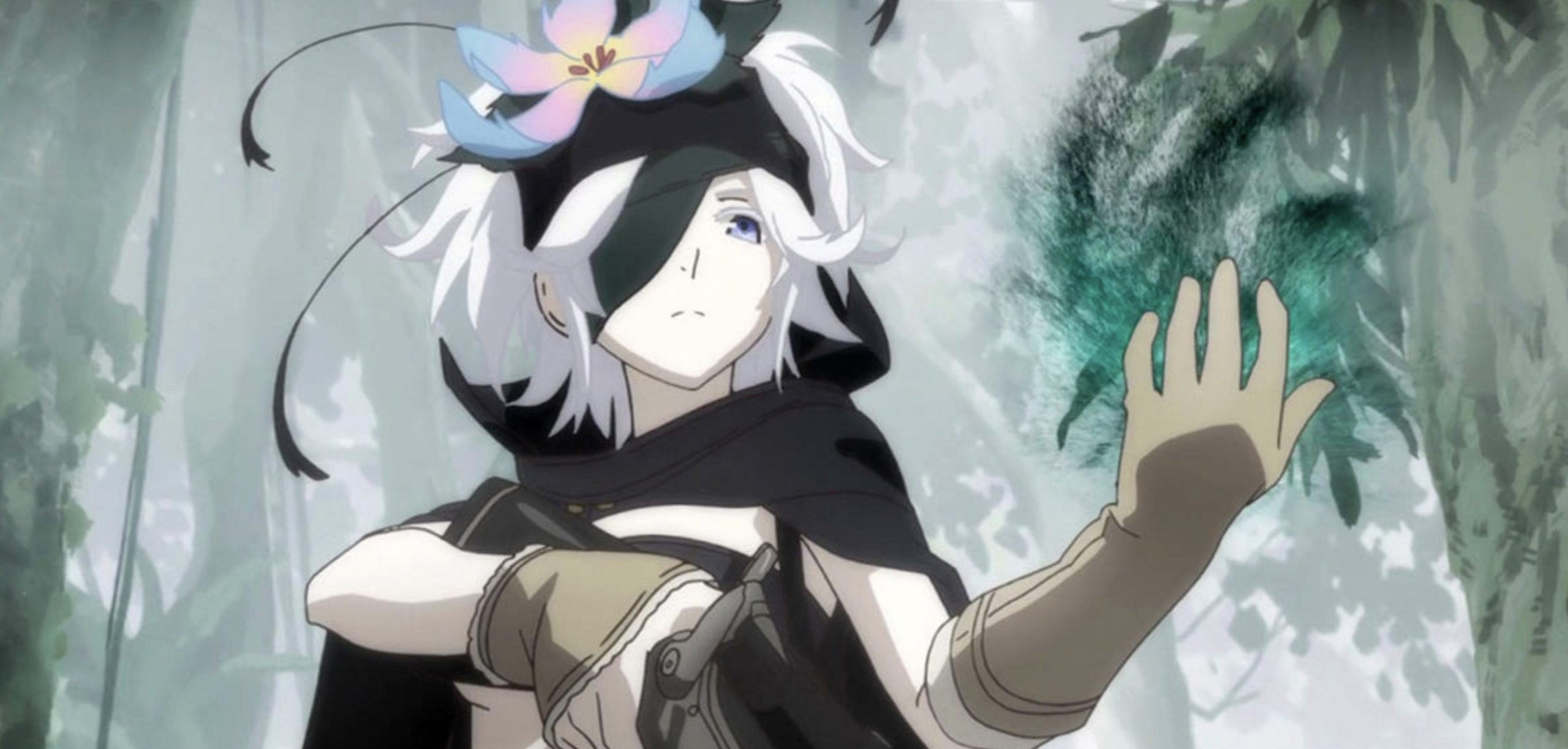
The imagery and descriptions of the landscape, architectural structures, and written script and language used in association with this story bear a strong resemblance to the cultures of Mesoamerican civilizations such as the Mayan or Aztec peoples.
This indicates the tale may be drawing inspiration from or paying homage to those ancient societies in the Americas.
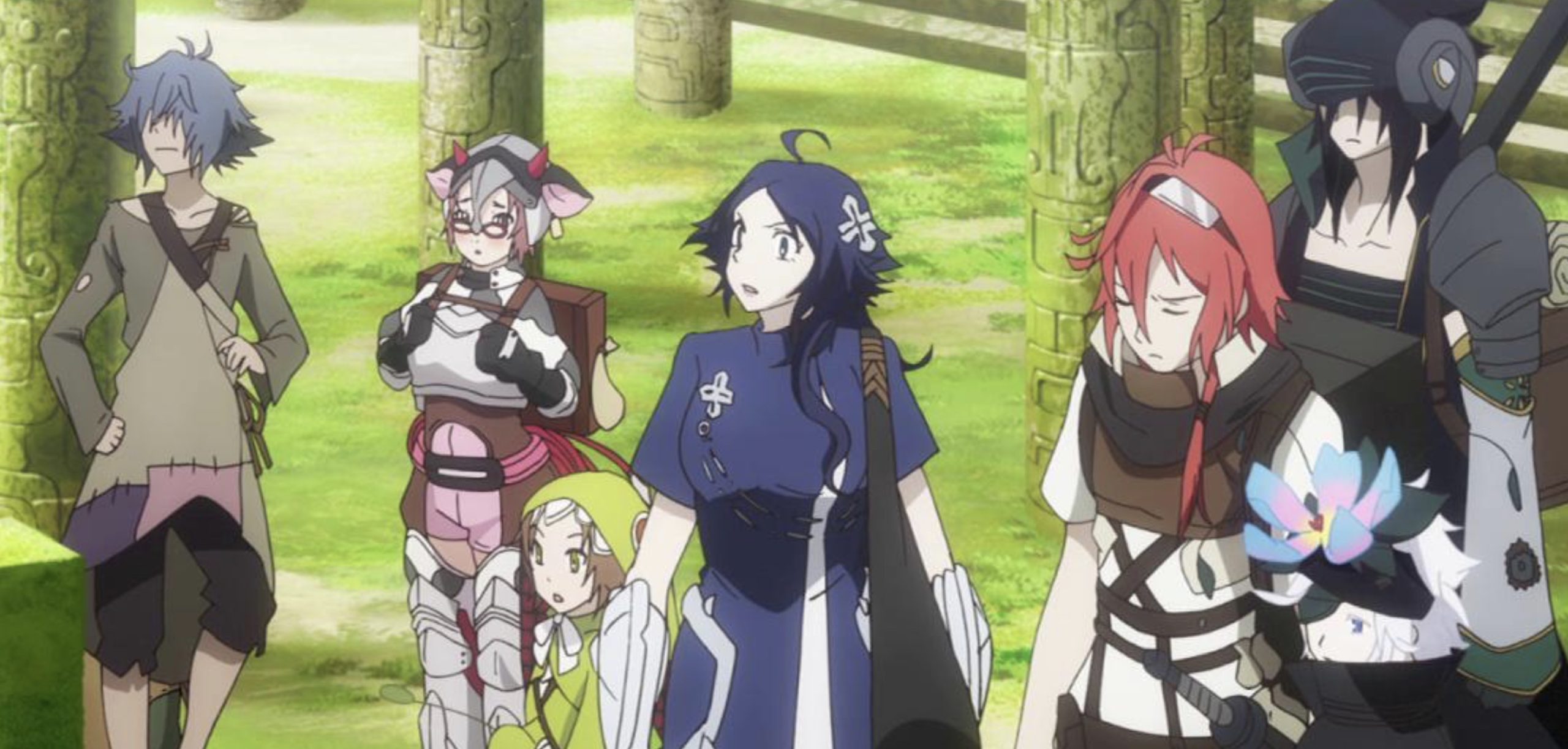
However, the core struggle focuses on this band of warriors, their divine mandate to fight this Demon God, and the mystery of which among them is not a true hero.
12. Dororo
The story is set in Japan’s Sengoku era, a period of widespread military conflict and chaos. It follows a masterless samurai warrior named Hyakkimaru and an orphan thief boy called Dororo.
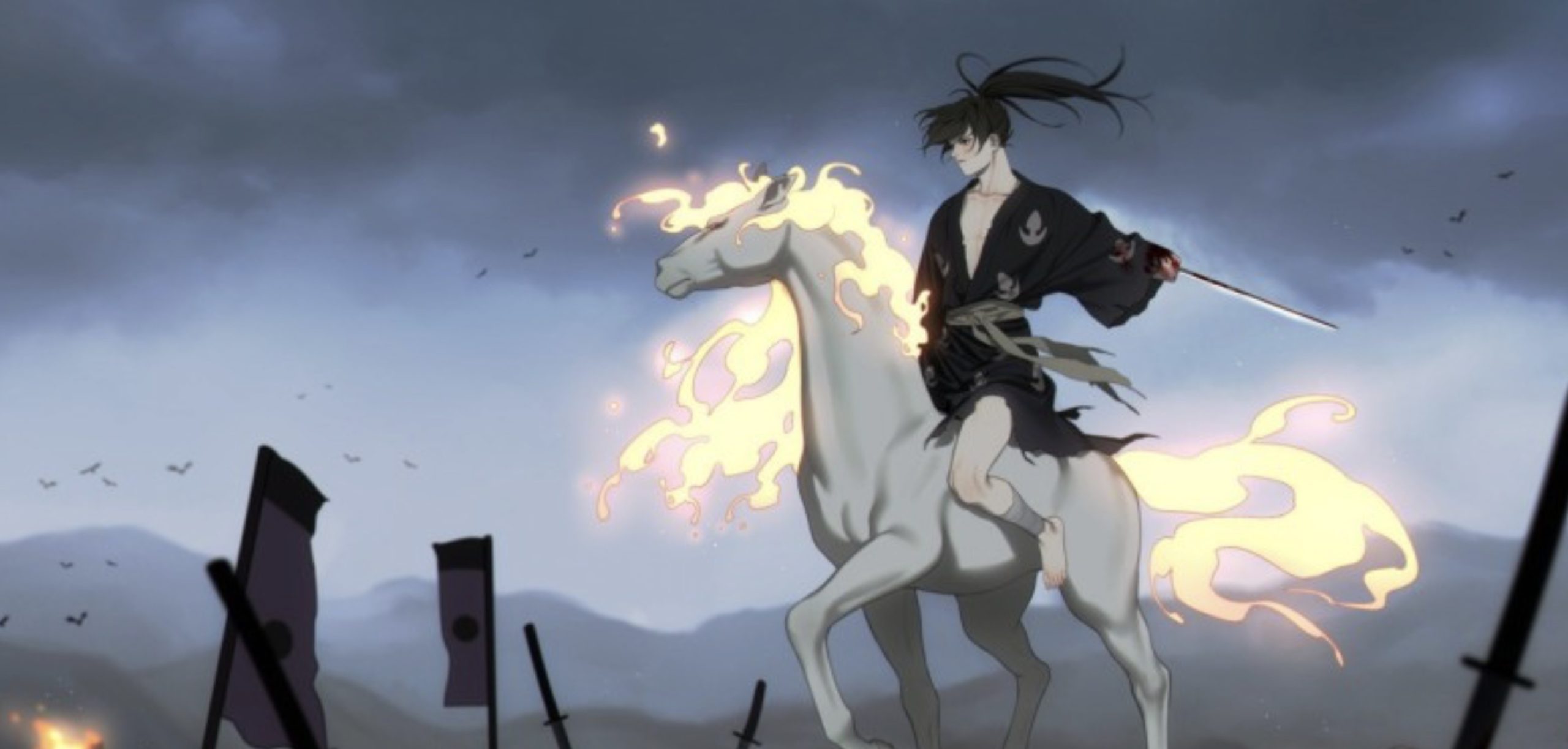
Hyakkimaru was born severely disabled and deformed as part of a bargain struck by his warlord father, Kagemitsu Daigō.
In exchange for prosperity and the power to rule the lands, Kagemitsu promised 48 sealed demons that they could take anything that belonged to him. The demons capitalized on this by unleashing havoc and committing atrocities across the countryside.
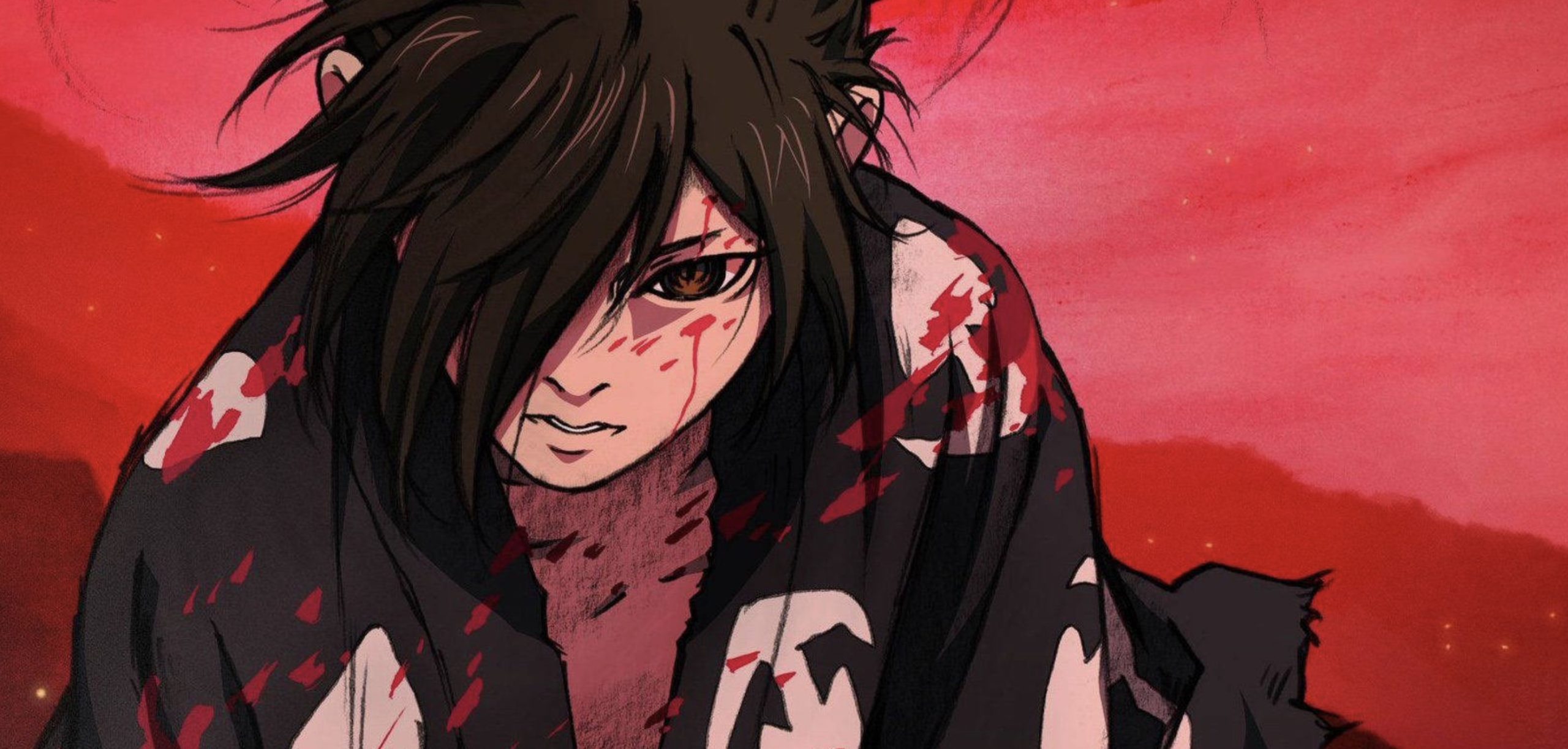
Additionally, they claimed Hyakkimaru’s own limbs, facial features, organs and more prior to his birth. After being cast adrift down a river by his mother, the infant Hyakkimaru was rescued by a kindly doctor and alchemist named Jukai.
Through the use of healing magics and prosthetics crafted from the remains of children killed in the wars, Jukai enables Hyakkimaru to survive.
Later, Hyakkimaru acquires a special enchanted sword with the power to destroy supernatural beings, which becomes grafted into his left arm.
After learning of the demons’ curse upon him, Hyakkimaru begins hunting them to reclaim his stolen body parts and humanity.
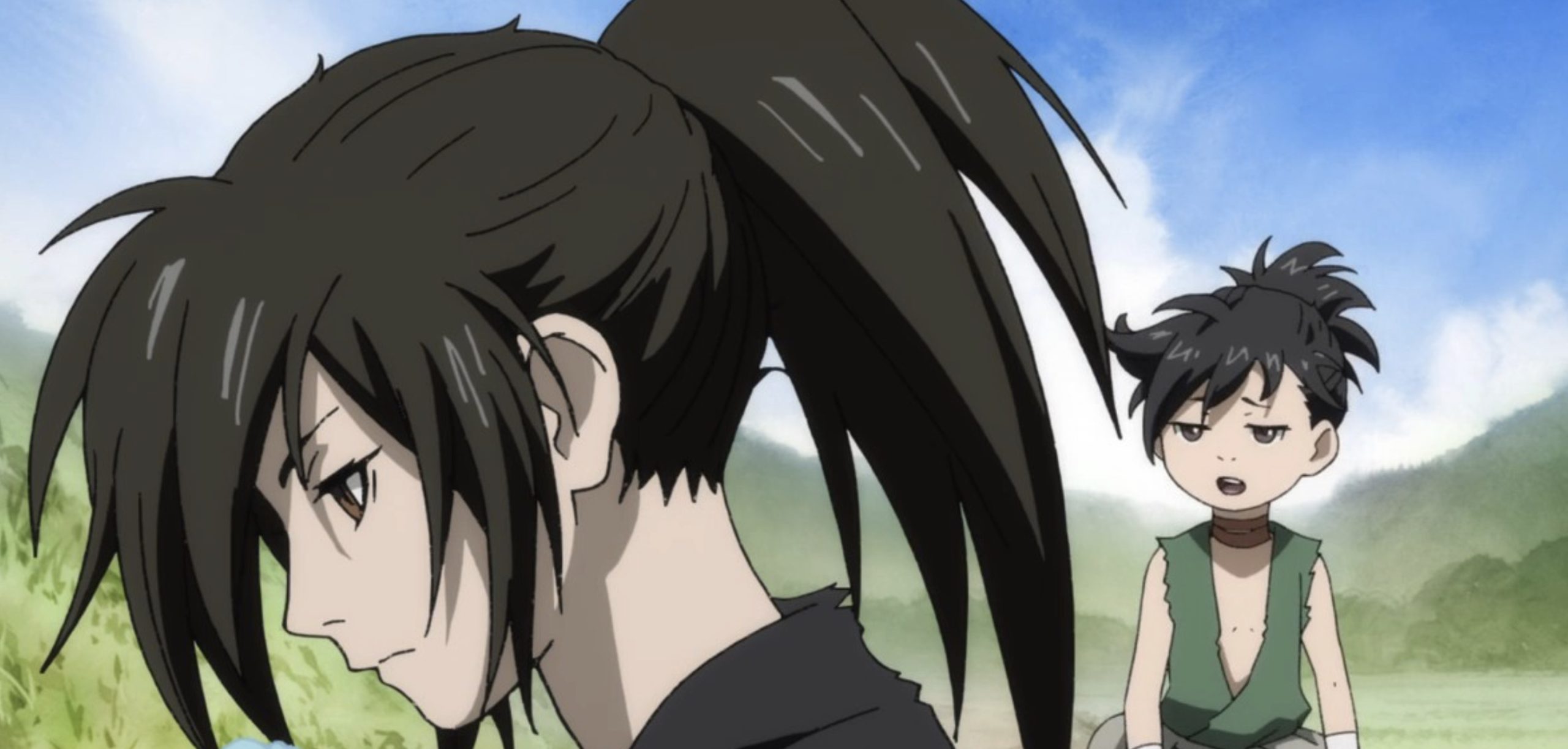
He crosses paths with the orphan Dororo, after which Dororo travels with the now-teenage Hyakkimaru.
At this stage, Hyakkimaru has already slain 15 of the 48 demons. Dororo hides a secret connection to a hidden trove of stolen money that could aid the war-ravaged people.
The unusual pair continues their journey across the battlefields of feudal Japan, with Hyakkimaru continuing his pursuit of the demons as they unravel connected mysteries in the wartorn land.
11. Arifureta
The story revolves around Hajime Nagumo, a high school student who is bullied by some of his classmates over his relationship with Kaori, a popular girl in class.
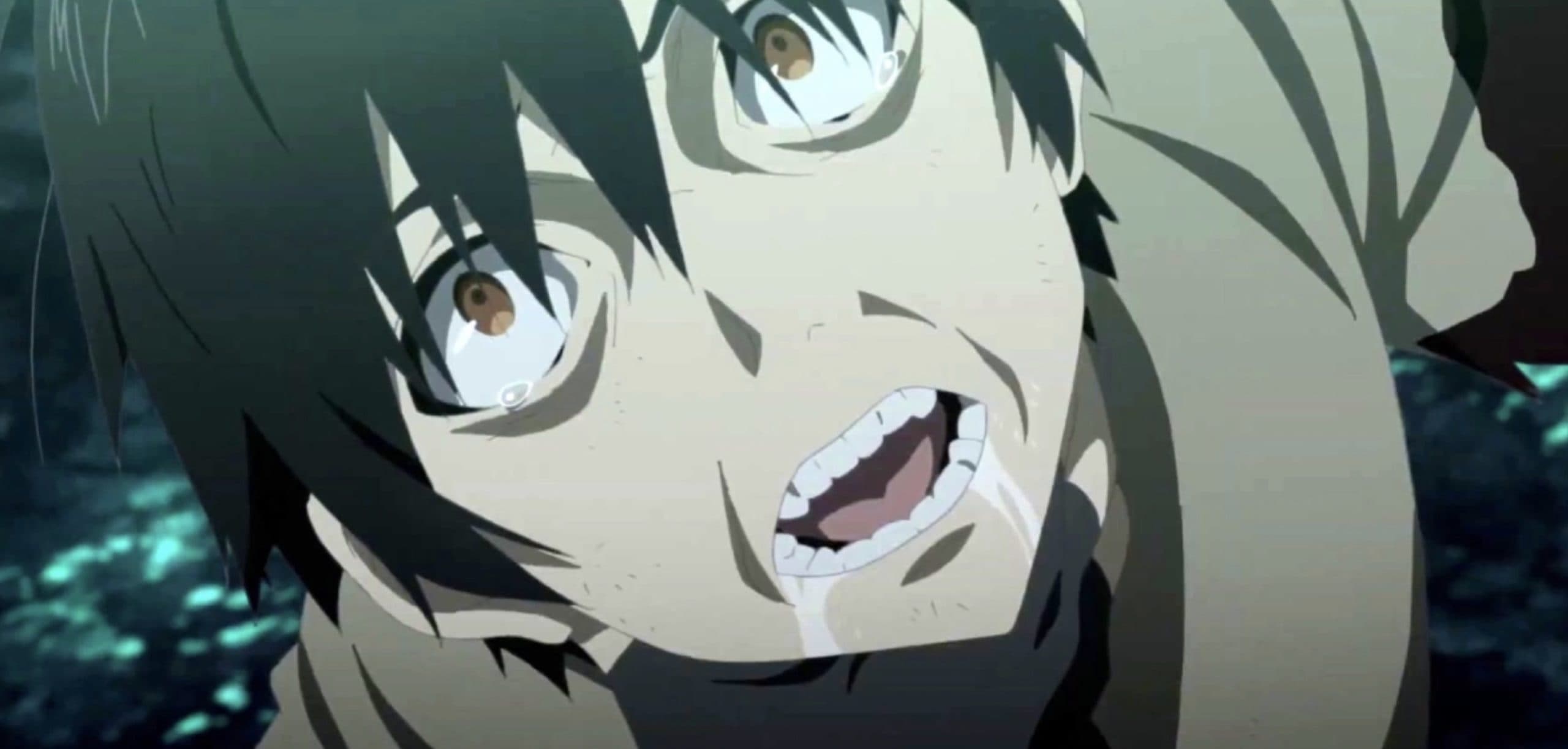
When Hajime and the rest of the students are suddenly transported to a fantasy world, his tormentors and peers all gain impressive magical abilities.
However, Hajime only acquires basic alchemical power – usually, a common talent used by tradesmen and artisans.
During a raid on a dungeon, Hajime is betrayed and dropped to the bottom depths by one of the very classmates bullying him.
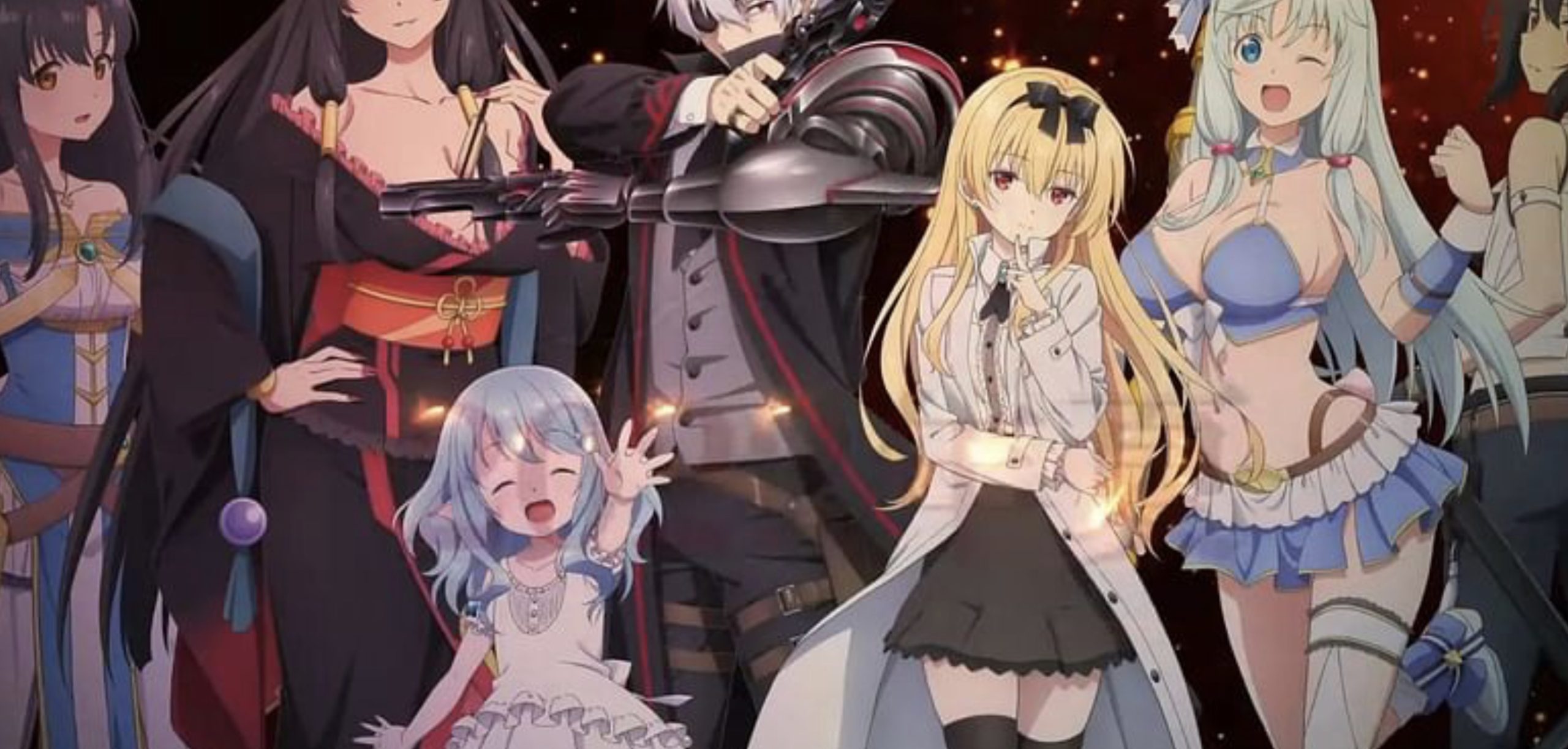
Managing to survive the lethal fall, Hajime begins creating his own weapons and enhances himself in order to escape and grow stronger.
As he journeys on, he meets and allies with Yue, an imprisoned vampire, as well as Shea, a girl with bunny ears, Tio, a perverted dragon, and other characters.
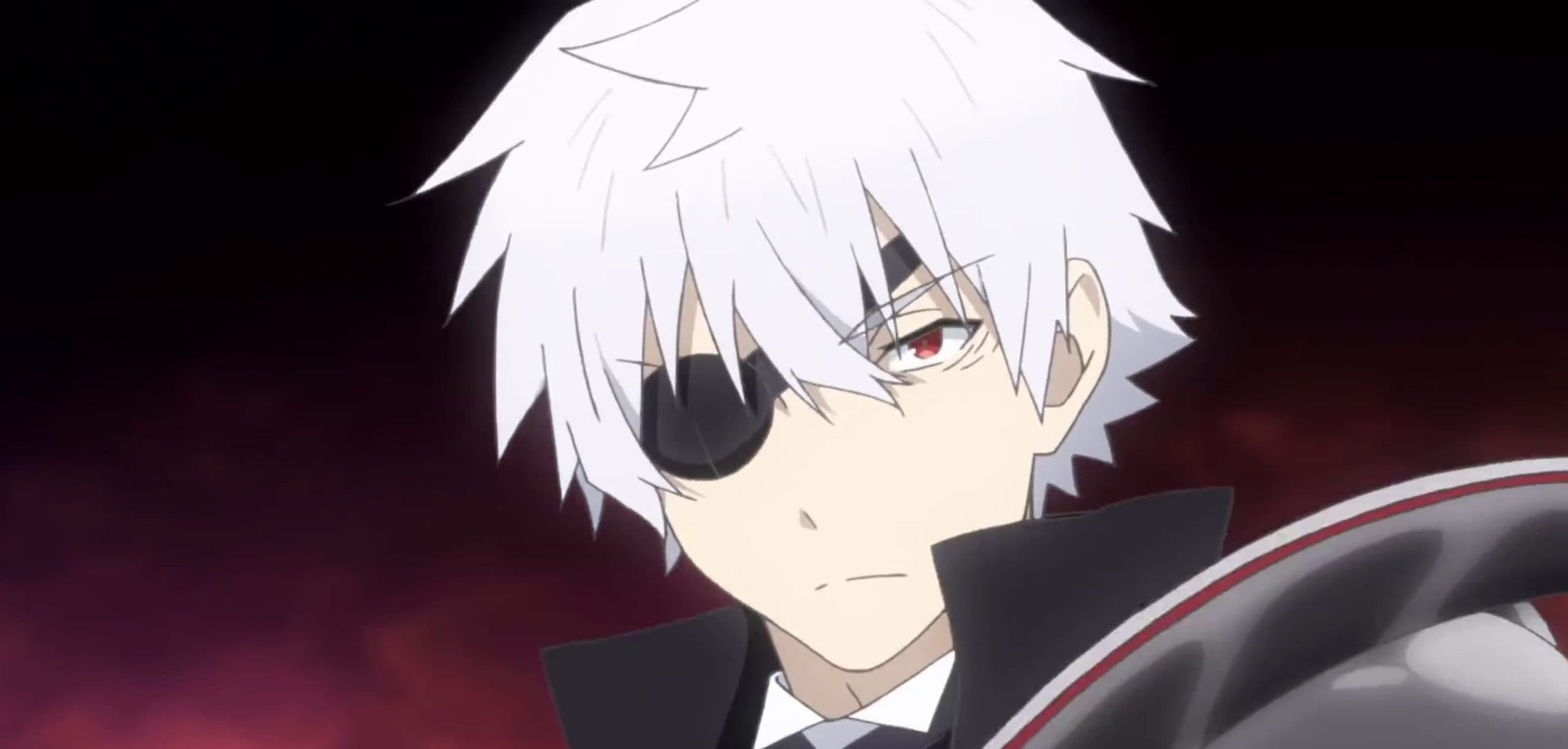
With newfound friends and self-forged powers, Hajime progresses in power and begins to stand out in a fantastic new world, despite originally only having a transmutation ability seen as mundane and weak by his classmates who exiled him. His desire for both survival and later revenge drives him to overcome early betrayal.
10. Afro Samurai
Set in a unique blend of feudal and futuristic Japan, legend tells that whoever wears the Number 1 headband is proclaimed the greatest warrior in the land, possessing god-like power.

Some believe the headband grants immortality, while others think they are divinely ordained bands handed down by the gods.
The only way to obtain the mythical Number 1 headband is by defeating its current owner in mortal combat.
However, only the current wearer of the Number 2 headband can formally challenge the Number 1. As a result, the Number 2 wearer survives attempts on their life while awaiting their fated duel.

When the story opens, the outlaw Justice holds the Number 1 band. He fights and kills Rokutaro, owner of the Number 2 band and father of the young Afro. Afro witnesses his father die and vows ultimate revenge on Justice.
Years later, Afro now holds the Number 2 band himself. After killing off assassins and mercenaries, he finally confronts Justice.
Justice reveals there are other bands up to an unspecified highest number, and that he has killed all their holders to bring “peace.”
An epic duel takes place and Afro slays Justice, taking the fabled Number 1 band for himself.

In a sequel story, Jinno and his sister Sio steal Afro’s father Rokutaro’s corpse and retrieve the Number 1 band from Afro’s safe house.
After reclaiming Number 2 and avenging another friend’s death, Afro faces off with and defeats the resurrected Rokutaro.
He passes Number 2 to his friend’s son, Kotaro, and continues his warrior’s path wearing Number 1 alone.
9. Attack on Titan
Eren Yeager lives with his family in the walled city of Shiganshina, which is located on the outermost of three enormous circular walls erected to protect humans from the Titans – mysterious giant creatures that devour people.
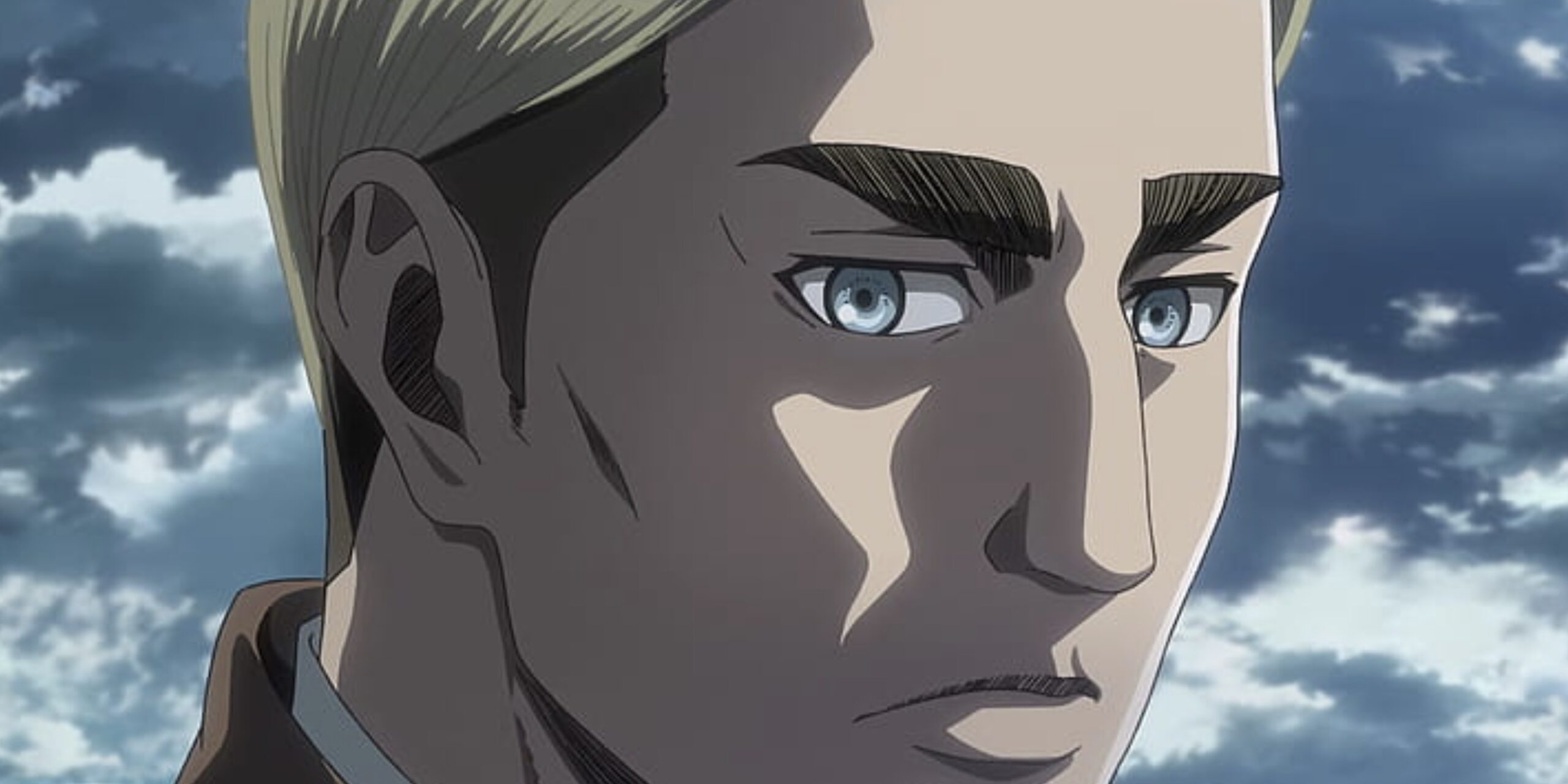
In the year 845, new types of intelligent Titans called the Colossal and Armored Titans suddenly appeared and destroyed the outer wall, allowing Titans to invade.
During this catastrophe, Eren’s mother is eaten by a Smiling Titan as Eren escapes to safety.
Eren vows revenge against the Titans and joins the military with his friends Mikasa and Armin once he comes of age. Five years after the tragedy, Eren discovers he has the startling power to transform into an intelligent Attack Titan.
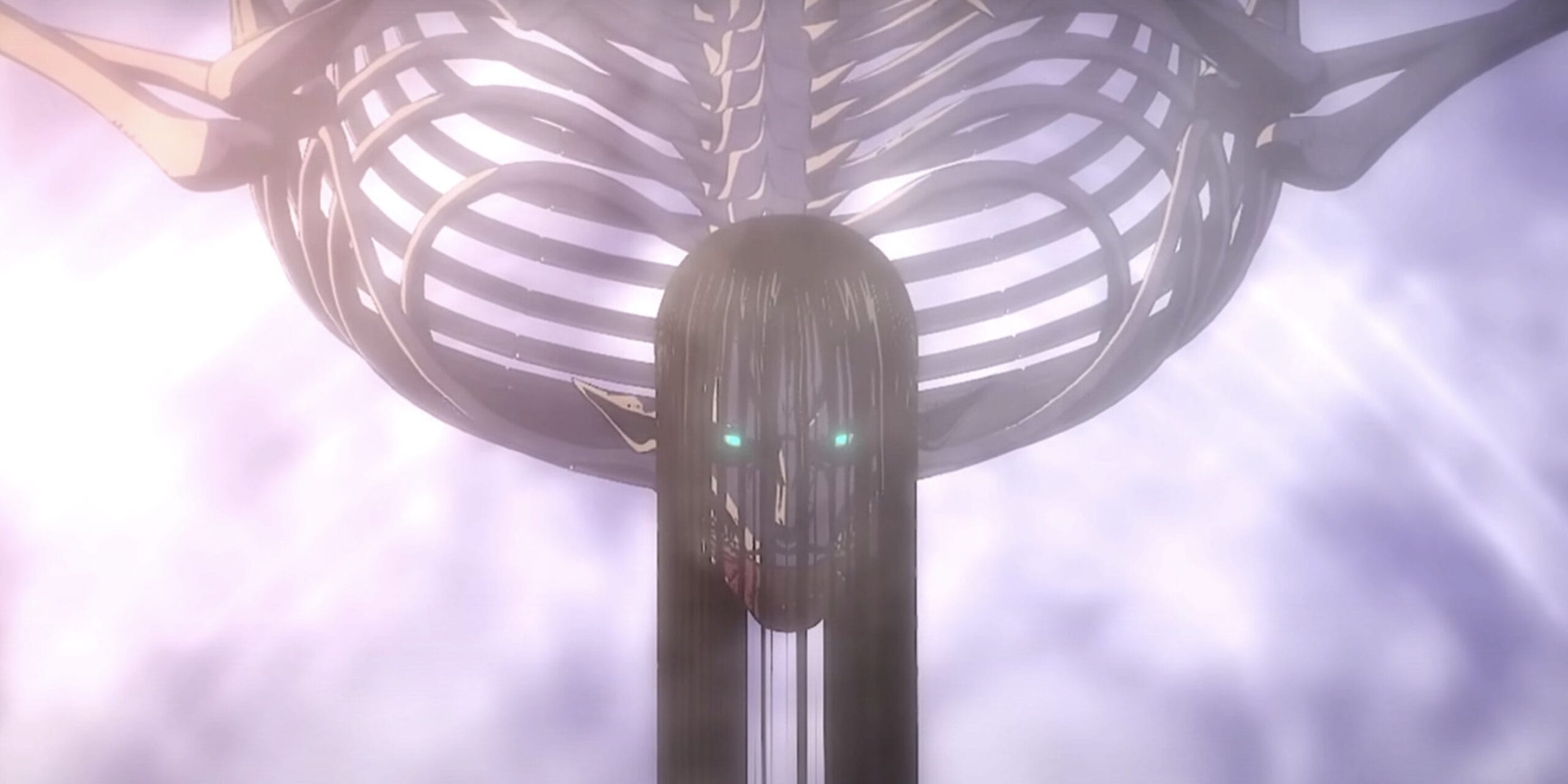
Around this time, the Colossal Titan reappears and breaches the innermost wall, but Eren helps defend the city. Eren also regains memories of his father giving him this special power shortly after the first wall fell years ago.
His father claimed the truth about their imprisoned world could be found in their old family basement back in the ruined Shiganshina district.
Eren’s powers attract the interest of the military’s Scout Regiment and its commander Erwin Smith. They hope Eren can help them reclaim the lost wall and reach his basement.
Eren joins an elite squad, along with Mikasa and Armin. During an expedition, they encounter and later expose their own comrade Annie as an intelligent Female Titan infiltrator.

Eren narrowly defeats Annie in battle, and soon after more revelations unfold.
The group discovers intelligent Titans are hiding within the walls themselves. Then Beast and other Titans mysteriously appear inside the inner wall, accompanied by a warrior named Reiner who turns out to be the Armored Titan.
Other classmates also transformed into the Jaw and Colossal Titans. A great battle breaks out.
During this fight, Eren unlocks an additional “Coordinate” power allowing him to control regular Titans. Though the enemy retreats, the scouts realize all regular Titans were once humans themselves.
8. Vinland Saga
The story opens in 1013 AD, following a young warrior named Thorfinn. He works under Askeladd, the man who killed Thorfinn’s father, Thors years earlier.
Thorfinn serves Askeladd while awaiting his chance to finally challenge him to a fatal duel to avenge his father.
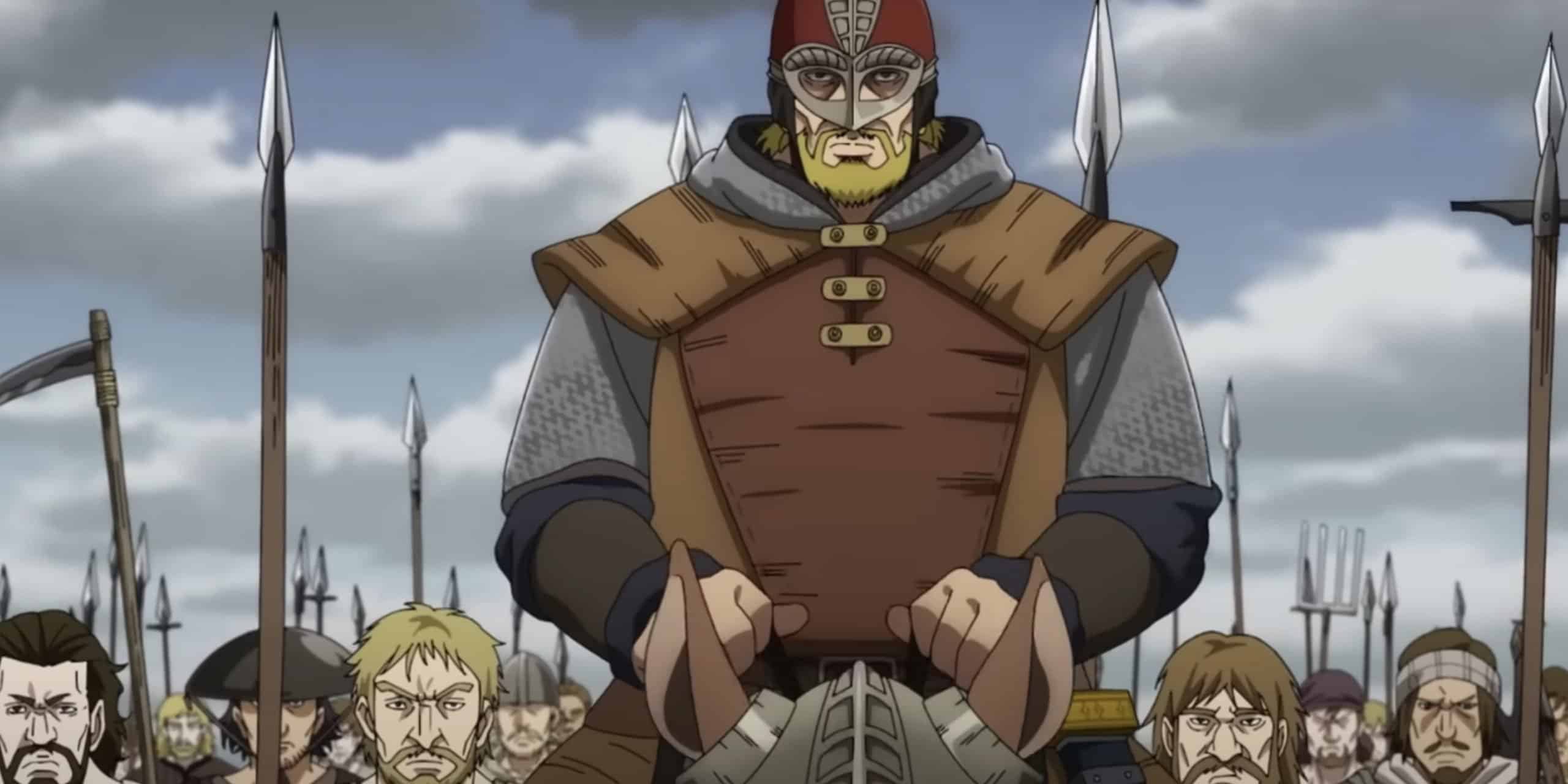
Askeladd leads a company of mercenaries that become embroiled in a war between King Sweyn of Denmark against the British, including Thorkell the Tall – who happens to be Thorfinn’s uncle.
Thorkell had previously served in battle alongside Thorfinn’s late father.
When Thorkell captures Sweyn’s son, Prince Canute, Askeladd’s mercenaries manage to take Canute captive as well, hoping to sell him back for profit.
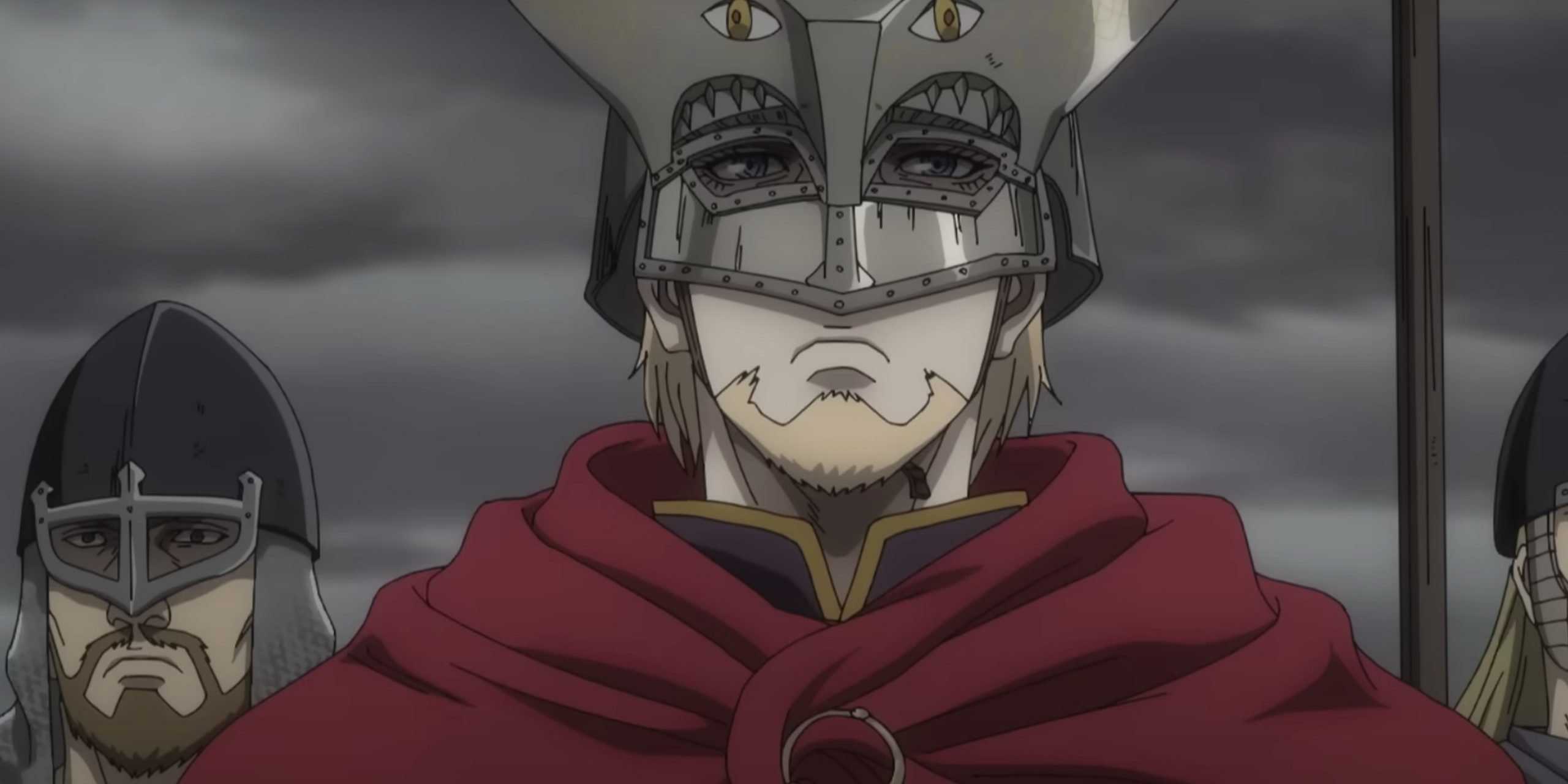
However, Askeladd cleverly uses this as part of his own hidden agenda instead. As a descendant of the legendary Artorius, Askeladd schemes to secure independence for Wales, his mother’s homeland, against foreign invasion.
Ultimately, Askeladd dramatically sacrifices himself, feigning madness as he kills King Sweyn.
This allows Canute to smoothly assume the throne without question. In the aftermath, a shocked Thorfinn tries assassinating Canute to avenge Askeladd’s death, but he is stopped by Thorkell and sentenced to lifelong enslavement.
7. Kaze no Stigma
Kazuma Kannagi was the eldest son of the powerful Kannagi family and was presumed to be the heir to leadership.
However, Kazuma shockingly could not manifest “Enjutsu” – the family’s magical fire-wielding abilities. He was considered useless.
Despite this, his father insisted the 18-year-old Kazuma compete to inherit “Enraiha”, a formidable ancestral sword passed down to the family head.
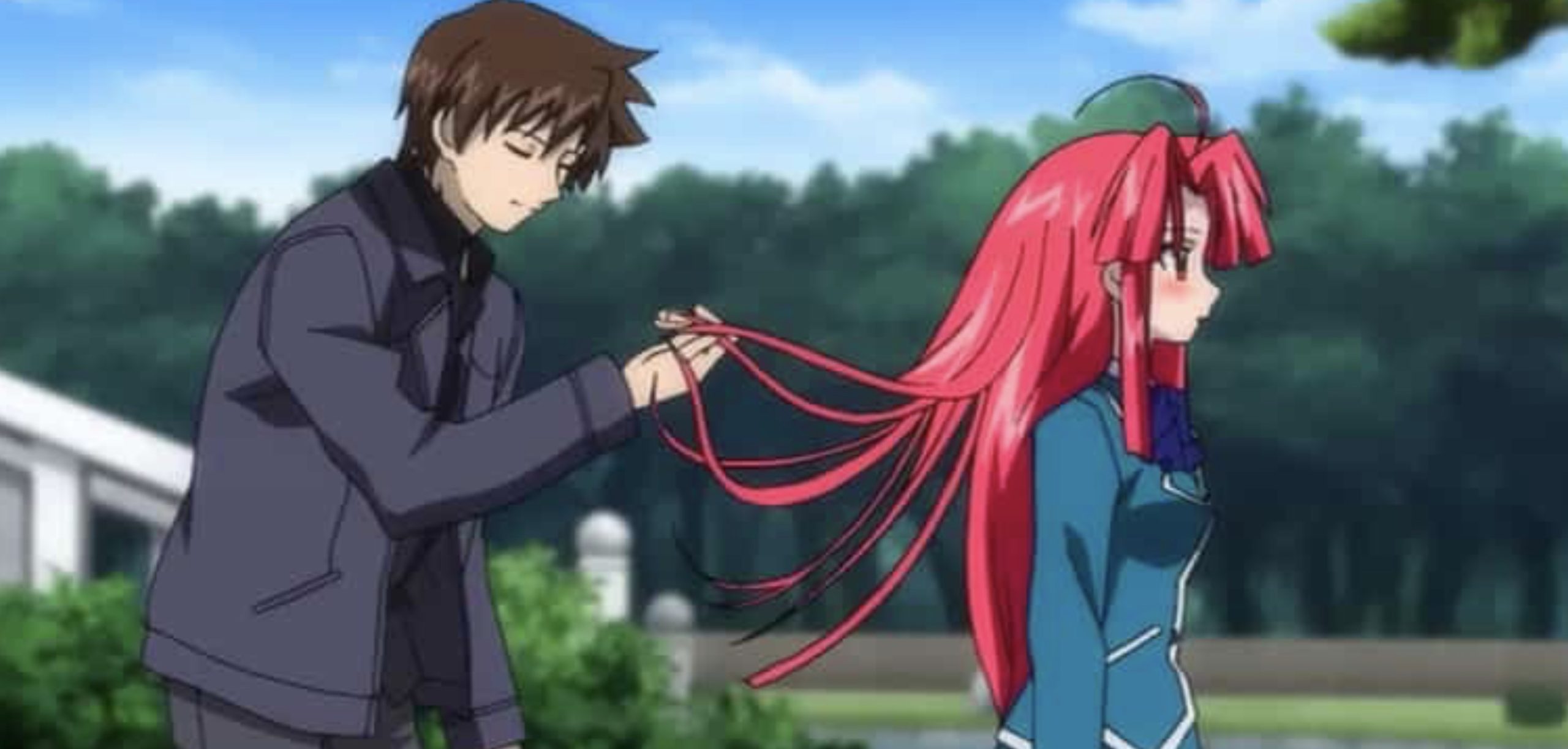
Kazuma was soundly defeated in the contest by his 12-year-old cousin Ayano, a prodigy. After such humiliating failure, his stern father officially banished Kazuma from the clan.
Four years later, Kazuma returns to the family as a master of “Fūjutsu”, wind magic, and bearing the new name Kazuma Yagami.
Soon after his sudden homecoming, several Kannagi clansmen are mysteriously killed by a Fūjutsu assassin. Kazuma is presumed the culprit getting revenge, and various relatives confront him seeking to challenge the apparent traitor.
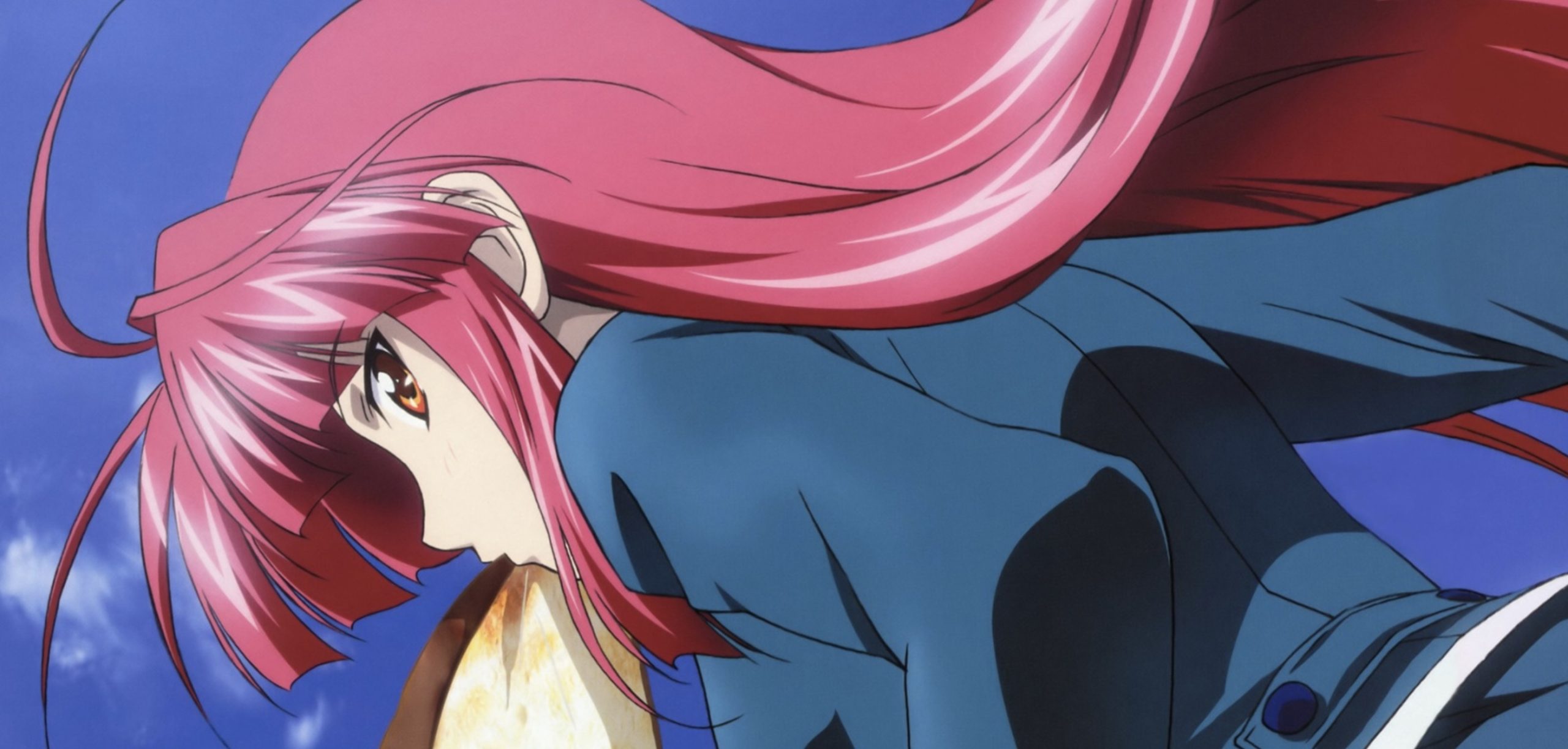
However, the only person Kazuma wants to duel is his mighty father, to prove his growth. He soon defeats his father, the greatest Enjutsu master, finally surpassing him through determination.
6. Black Butler
The story follows Ciel Phantomhive, a 12-year-old who holds the title of Earl after his family manor was attacked on his 10th birthday in 1885.
During this incident, Ciel’s parents were killed along with his dog Sebastian, and Ciel himself was abducted and sold into slavery.
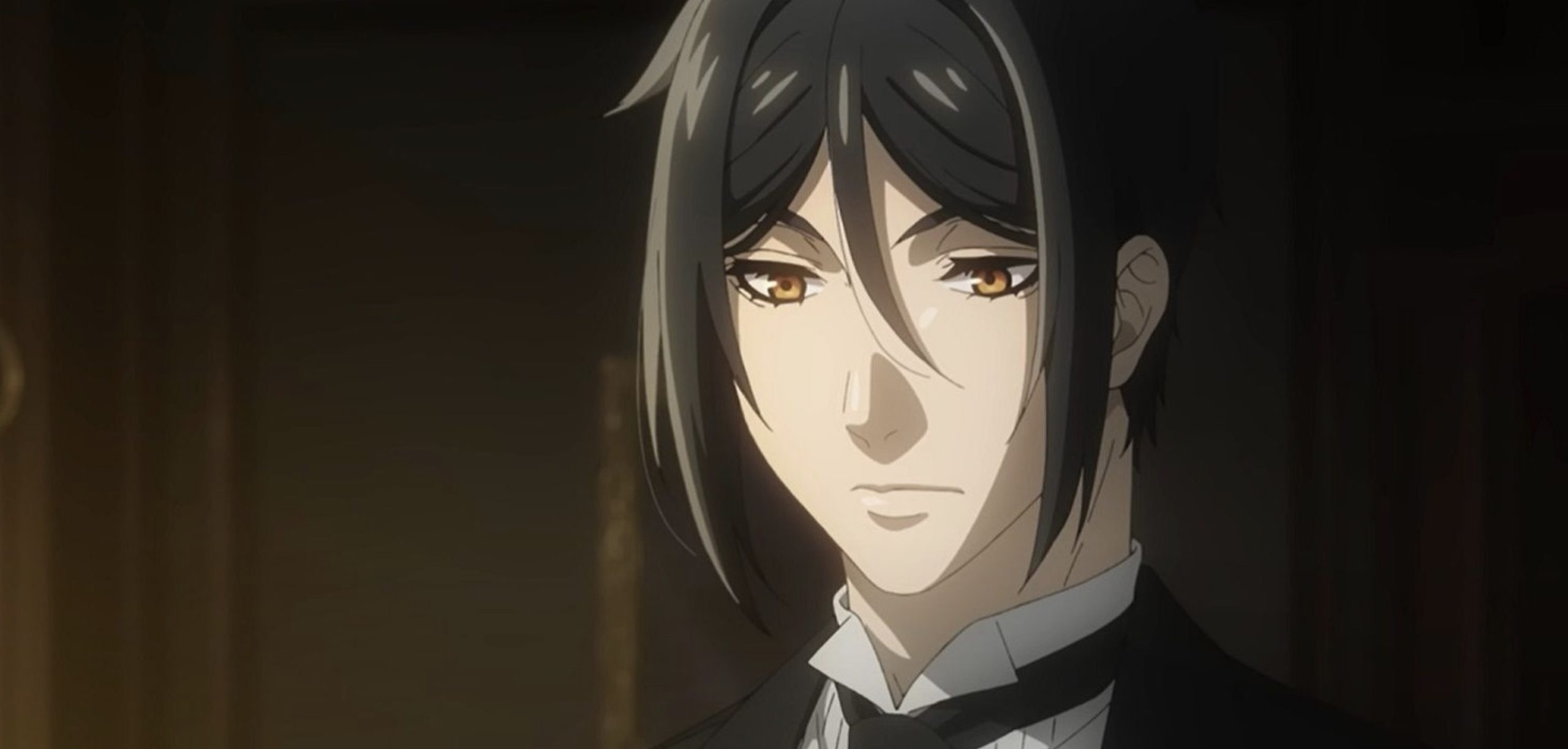
He ends up in the clutches of a perverse, demon-worshipping cult, where he endures immense physical, mental, and sexual abuse at the hands of his captors.
One night during a ritual sacrifice to summon a demon, a demon does arrive but states Ciel was the one who truly summoned him rather than the cult.
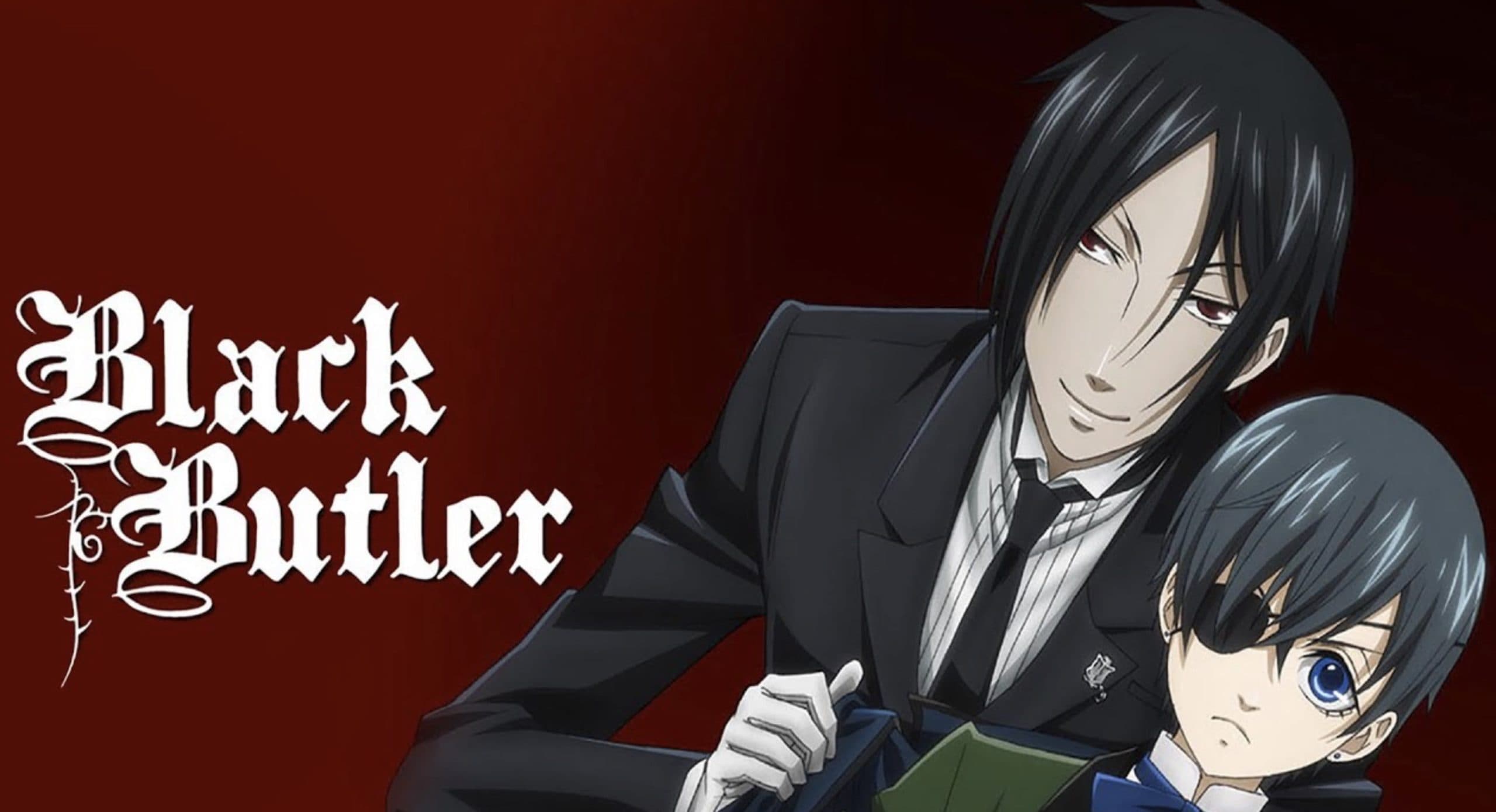
Ciel sells his soul to form a Faustian contract with the demon, stating the demon must help him achieve revenge against those responsible for his suffering and the downfall of the Phantomhive family.
As payment, eventually, the demon will consume Ciel’s soul. For now, the demon rescues Ciel, slaughtering the cultists, and marks the contract seal on Ciel’s right eye.
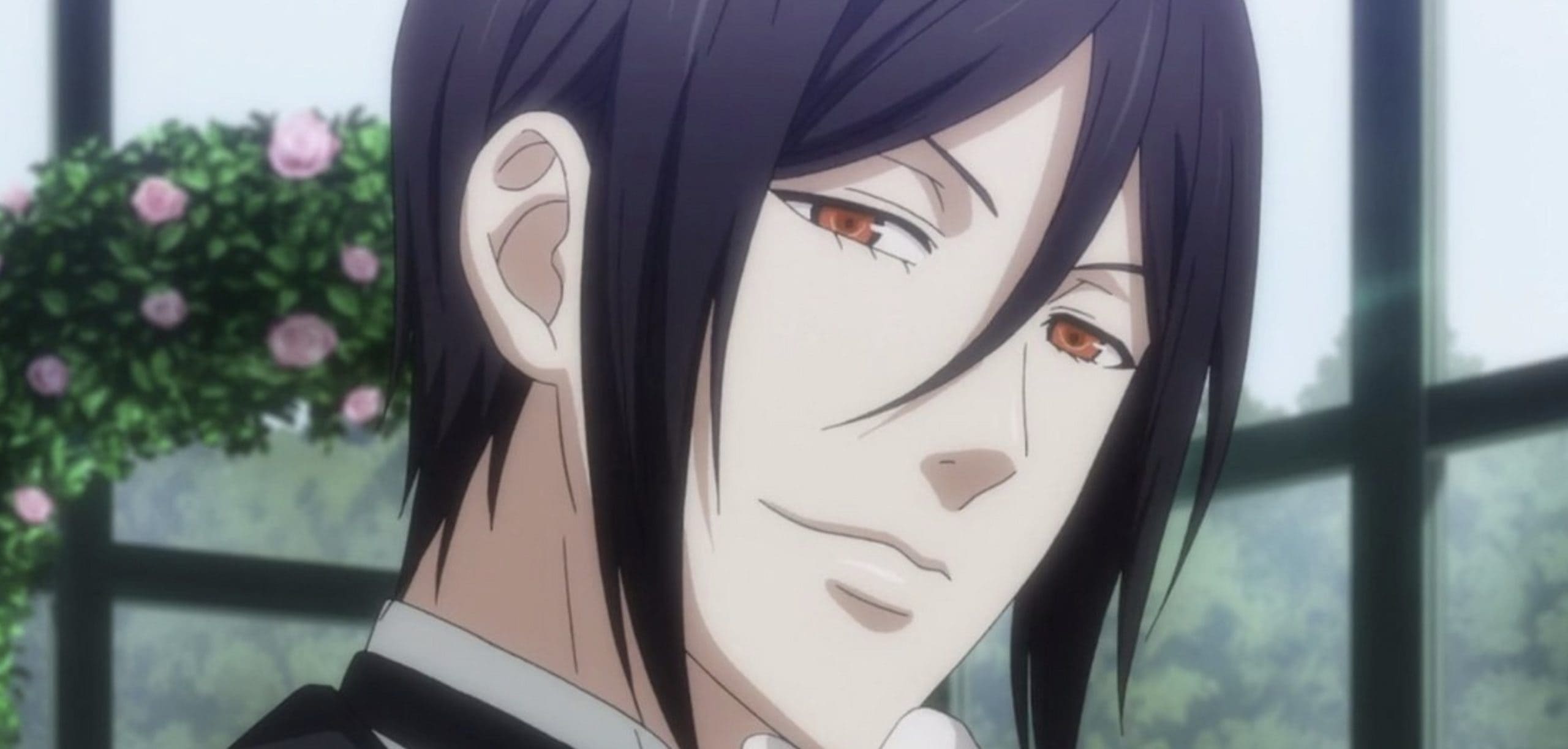
Ciel decides to name the demon Sebastian Michaelis, after his deceased pet dog.
Together, they re-enter society as Ciel assumes his late father’s duty – the Queen’s Watchdog, tasked by Queen Victoria herself to investigate threats to England.
5. Gun Grave
The anime opens 13 years after the death of Brandon Heat, who was murdered through betrayal by Harry McDowell – his best friend. Brandon is then reborn with a process called necrolyzation, returning as a revenant known as Beyond The Grave.
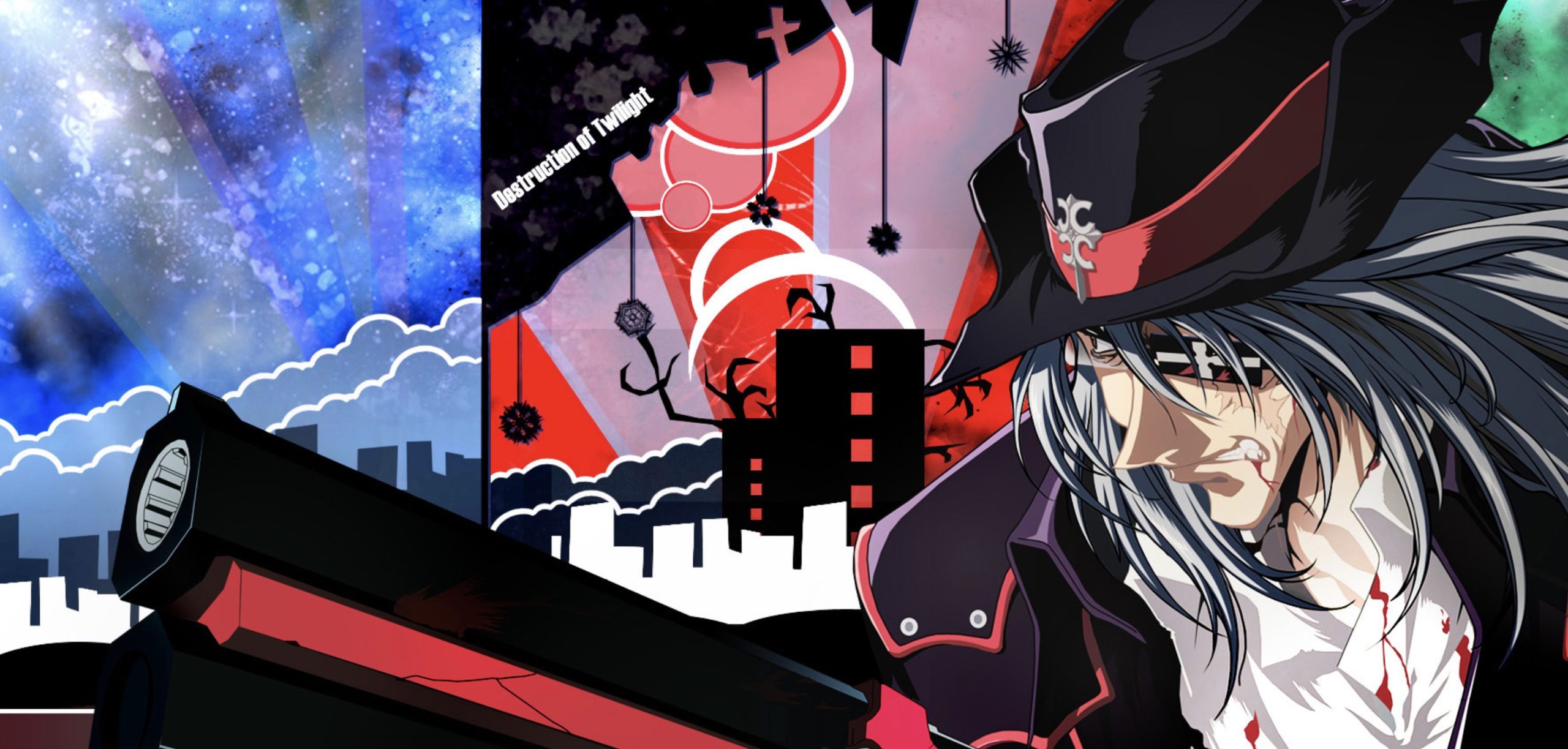
Now resurrected, Brandon begins a quest for vengeance against Harry’s powerful crime syndicate, which brought about his wrongful death.
The story then jumps back in time to detail the background history leading up to this point. It follows the youth of Brandon and Harry, chronicling how the close friends steadily rose up the ranks of the criminal underworld over the years.
Through this backstory, the complex circumstances surrounding Harry’s eventual betrayal are revealed that led him to kill Brandon in the past.

With context established regarding the former friends turned bitter enemies, the narrative returns to the present as the wrathful Brandon stalks Harry and his organization as Beyond The Grave, seeking to mete out long-awaited retribution against those who caused his untimely demise.
4. 91 Days
The story is set in the United States during the final years of Prohibition in 1932. With alcohol banned, brewed liquor is controlled on the black market by the ruthless Italian mafia.
Angelo Lagusa is a young man whose family was murdered years prior due to a dispute with the powerful Vanetti crime family, the dominant mafia group in the Lawless district. Seeking revenge, Angelo goes into hiding for several years before finally returning to Lawless after receiving a letter from his late father’s friend.

Angelo adopts the alias “Avilio Bruno” and slowly infiltrates the Vanetti organization over 91 dramatic days. He cunningly befriends Nero Vanetti, the don’s son, to get close to the family he desires to destroy. However, revenge is never straightforward.
Killings yield unforeseen consequences in the complex schemes Angelo engages in.
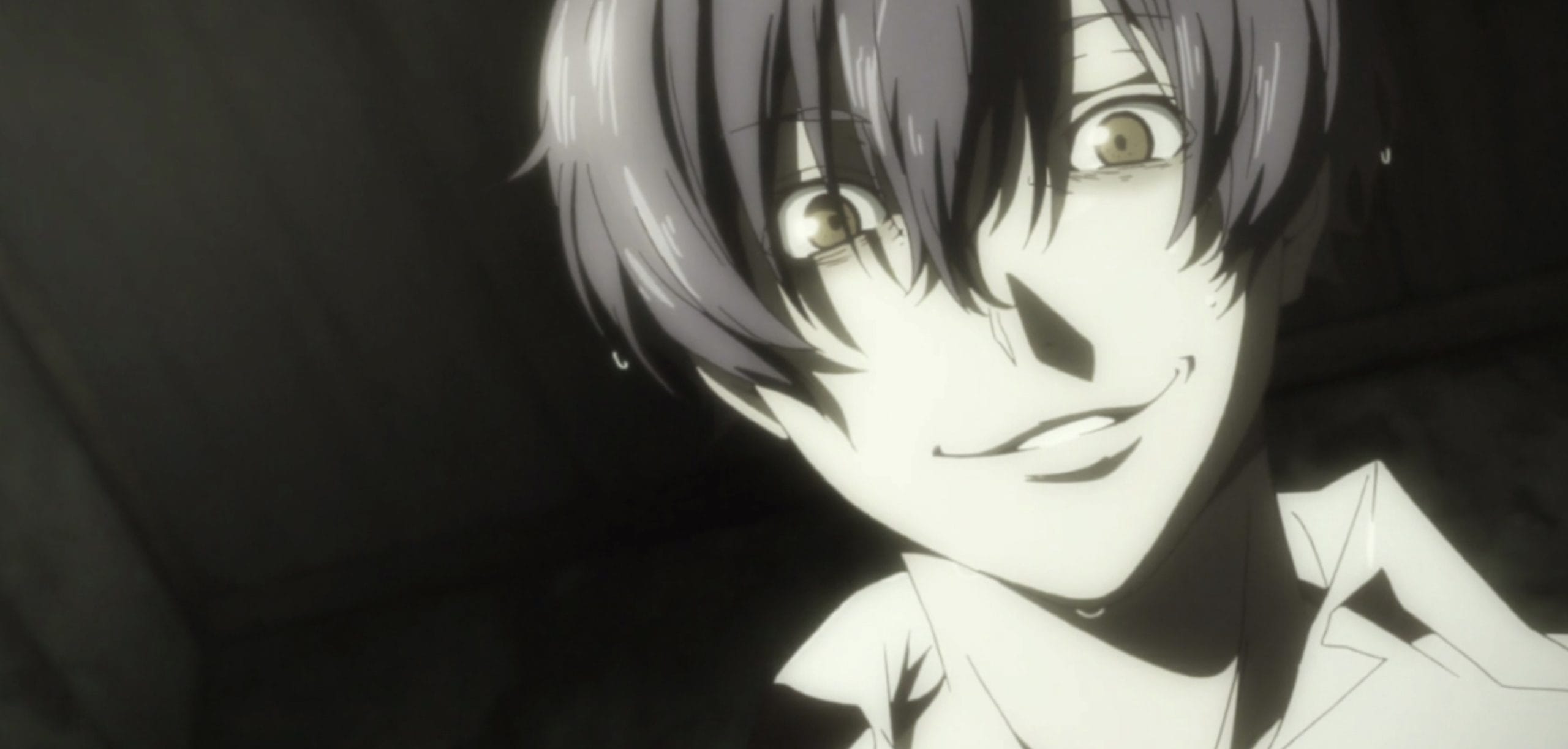
As the two young men become embroiled in the merciless world of mafia feuds and violence, will either find a way out of the vicious cycle?
Or will the harvest field they sow together lead to both their tragic undoings in this escalating story of retribution? The outcome remains unclear as Angelo pursues his vengeance against those who shattered his family.
3. Berserk
Guts is a lone warrior who grew up abused after being adopted by the mercenary Gambino following the death of Guts’ mother, Shisu.
Forced to kill Gambino in self-defense, Guts flees and becomes a wandering swordsman-for-hire. His fearsome skills catch the attention of Griffith, the charismatic leader of the elite Band of the Hawk mercenaries, who defeats Guts in battle and recruits him.
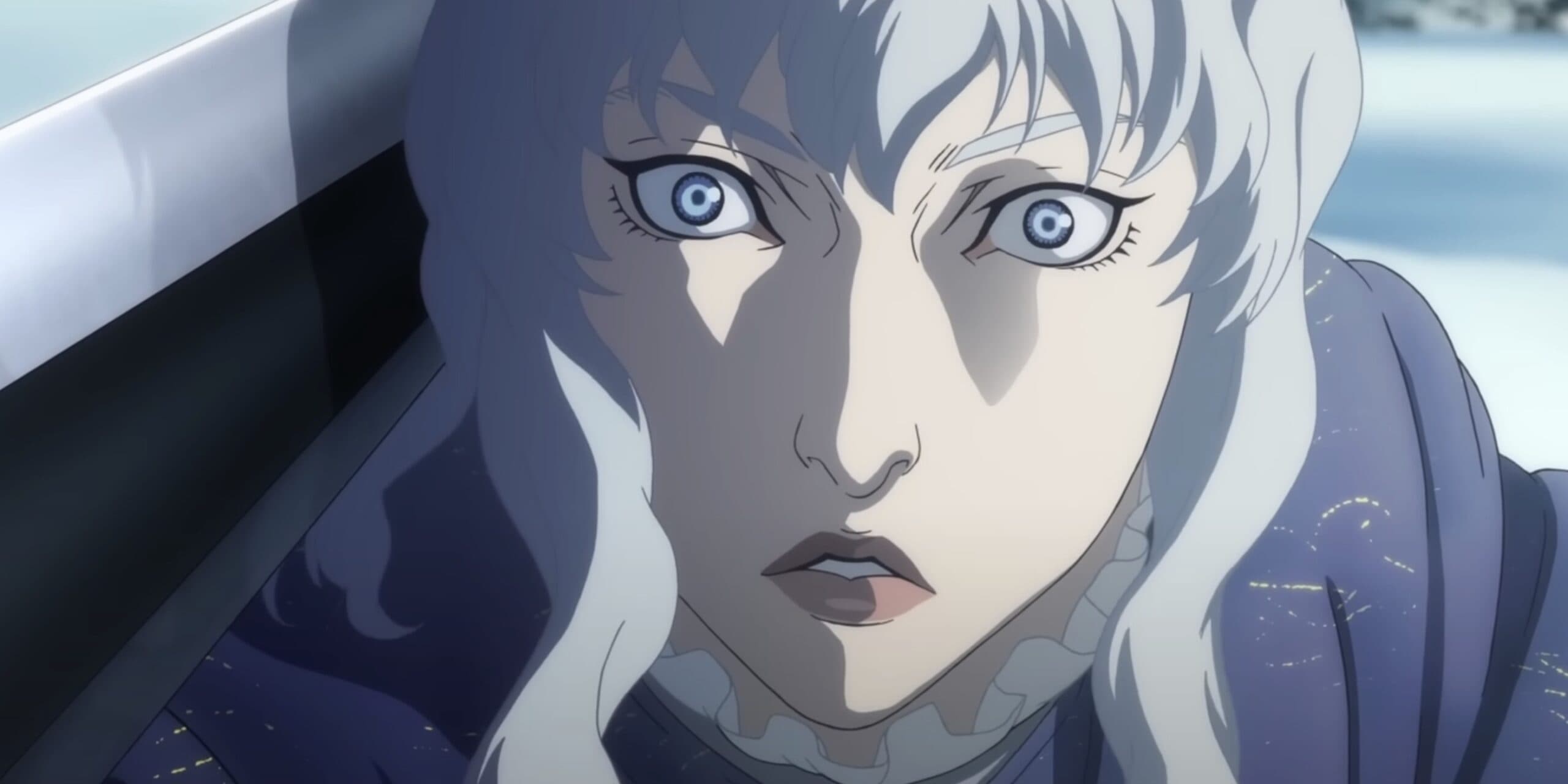
Griffith hopes to rule a kingdom one day, driven by his mysterious Behelit pendant and prophecy that his friend would cause him pain. The Band helps the kingdom of Midland fight its century-long war, with Guts becoming Griffith’s best fighter. As Griffith mingles with Midland nobility, Guts develops feelings for the band’s only female fighter Casca.
Overhearing Griffith values only those with a dream, Guts decides to leave the Hawks after Midland’s victory to find his own dream.
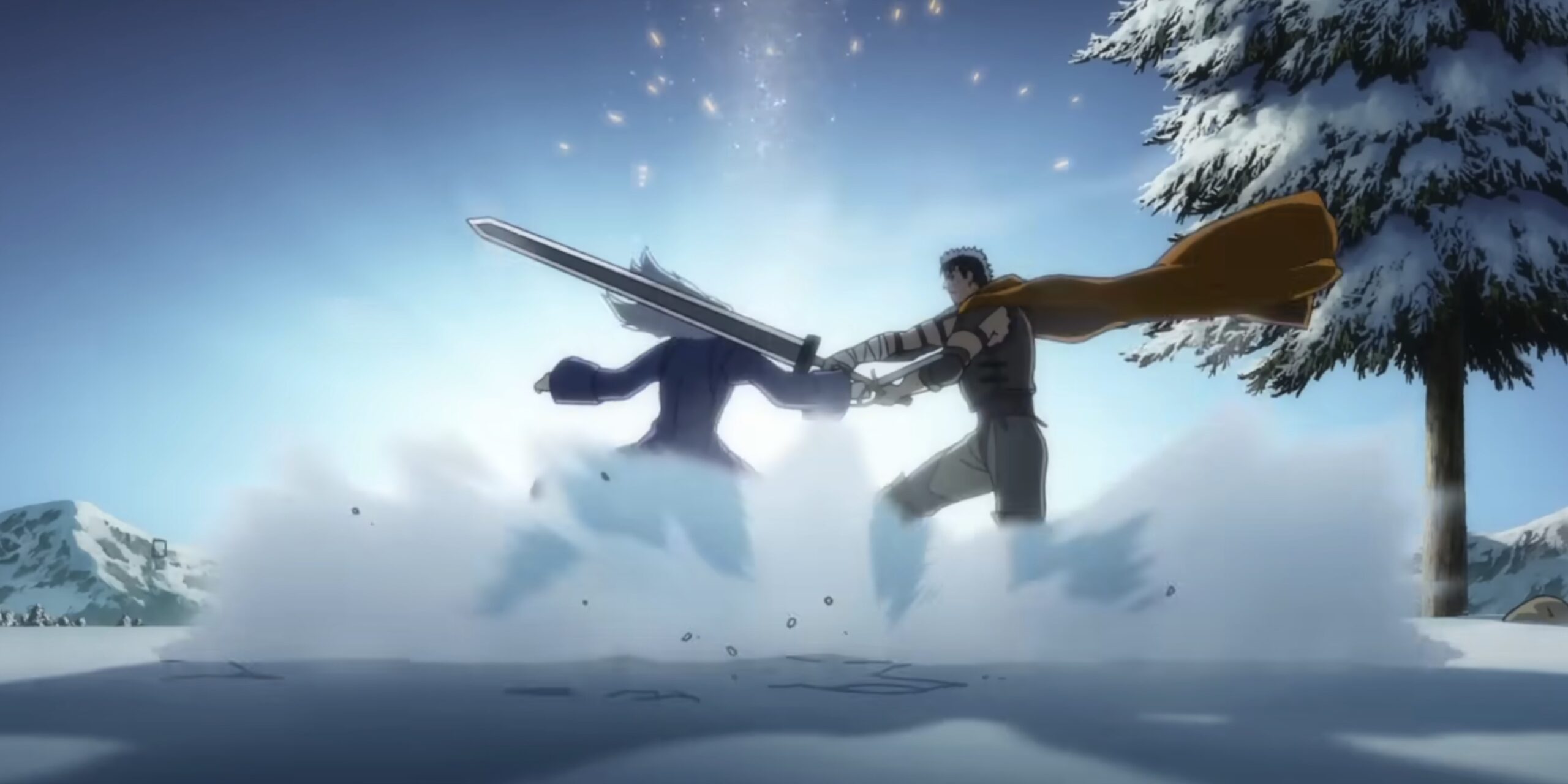
This devastates Griffith, who impulsively endangers himself and is arrested. The Hawks become wanted fugitives. During his year alone training, Guts is warned his actions have triggered an impending “Eclipse.”
Learning the Band’s grim fate without him, Guts returns to rescue Griffith. Guts and Casca admit their love, while the stage is ominously set for calamitous events by Guts’ fated decision to leave Griffith’s side in pursuit of his own aspirational dream.
2. Code Geass
Lelouch vi Britannia is an exiled prince of the Britannian Empire, sent as a political pawn to Japan with his disabled sister Nunnally after his mother’s brutal murder. Lelouch vows revenge against his father for failing to solve the crime or protect them.

When Britannia later defeats Japan, Lelouch promises his Japanese friend Suzaku he will one day obliterate Britannia for this injustice.
Seven years pass with Lelouch hiding his identity at school under the name Lelouch Lamperouge. After a terrorist attack, he gains a mystical power called Geass from a girl named C.C. which allows him to command anyone to obey his will.
Deciding to create a better world for his sister while pursuing his mother’s killer and destroying Britannia, Lelouch becomes Zero – a masked vigilante leading the rebel Black Knights.
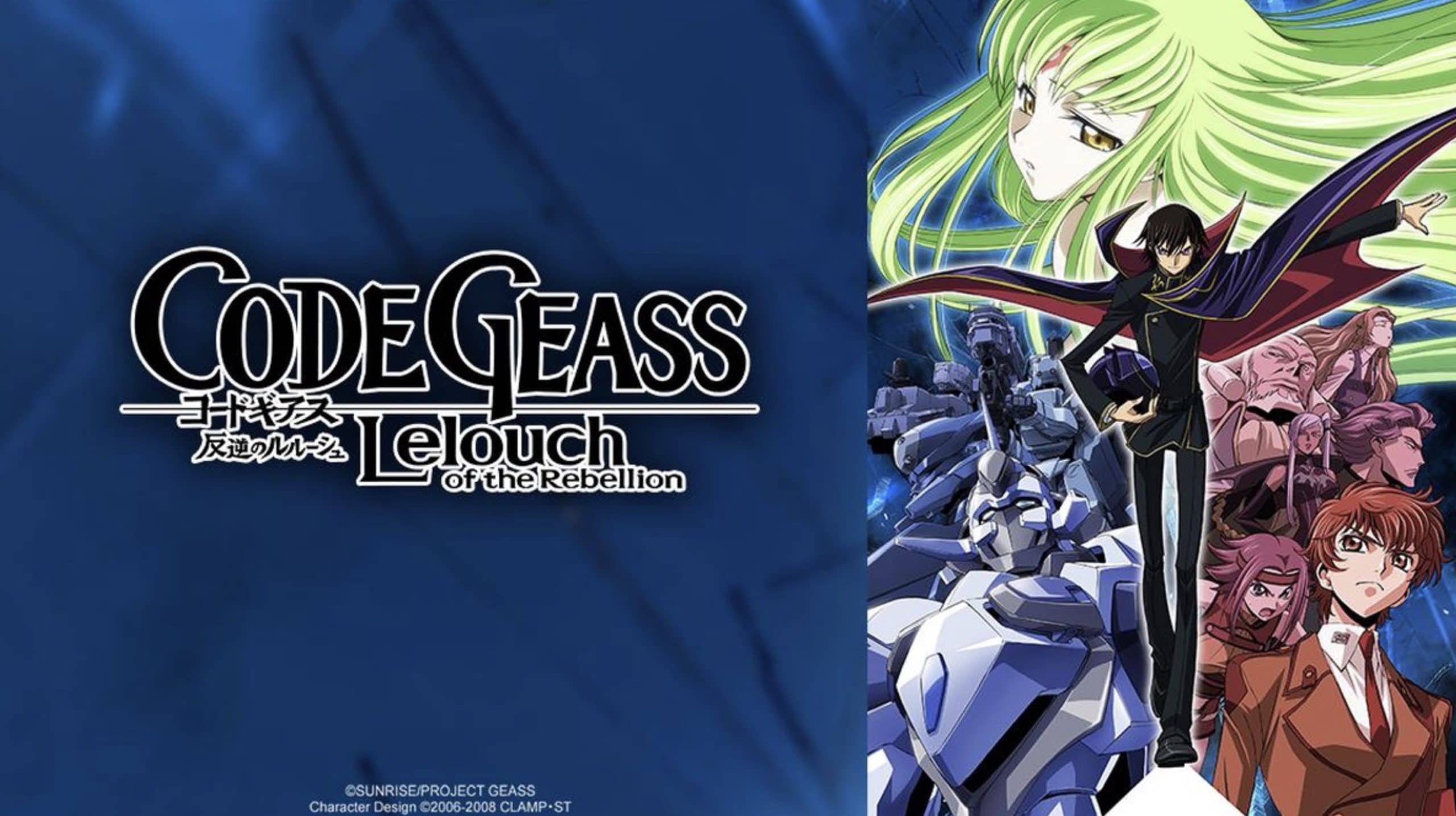
With his Geass power, Zero gained popular support among the conquered Japanese. But using this unfamiliar ability without fully understanding it endangers Lelouch.
He becomes embroiled in escalating conflicts battling Princess Euphemia, his best friend Suzaku, now working for Britannia, his own siblings, and even his biggest supporter, Kallen, while trying to spark a revolution.
Lelouch must control or lose his Geass power, outmaneuver formidable adversaries, and decide who to trust in this epic struggle that will forever alter the world.
1. Gankutsuou : Count of Monte Cristo
Set in the year 5053, two major powers exist – Planet Earth and the alien-controlled Eastern Empire, who have been at war.
During a visit to the lunar city Lune, Viscount Albert de Morcerf and his childhood friend Franz meet a mysterious self-made nobleman known as The Count of Monte Cristo.
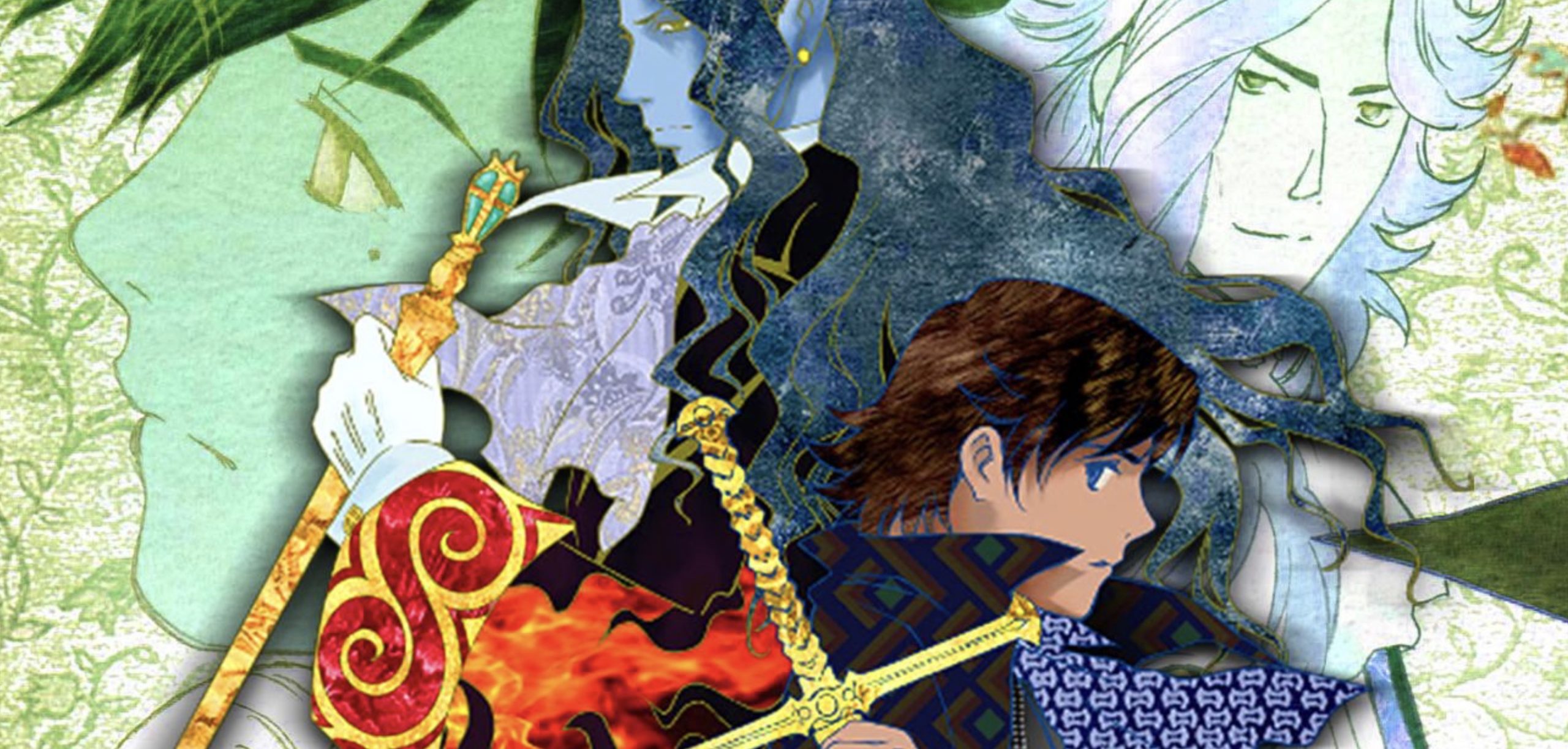
After the Count rescues Albert from the kidnappers, Albert introduces him to Parisian high society.
This includes Albert’s parents General Fernand and Mercedes, the wealthy banker Baron Danglars, the Crown Prosecutor Villefort, and Albert’s own fiancée Eugénie.
Albert also meets the Count’s female alien companion Haydée and flamboyant nobleman Andrea Cavalcanti who steals Eugénie from Albert thanks to the Count’s influence.
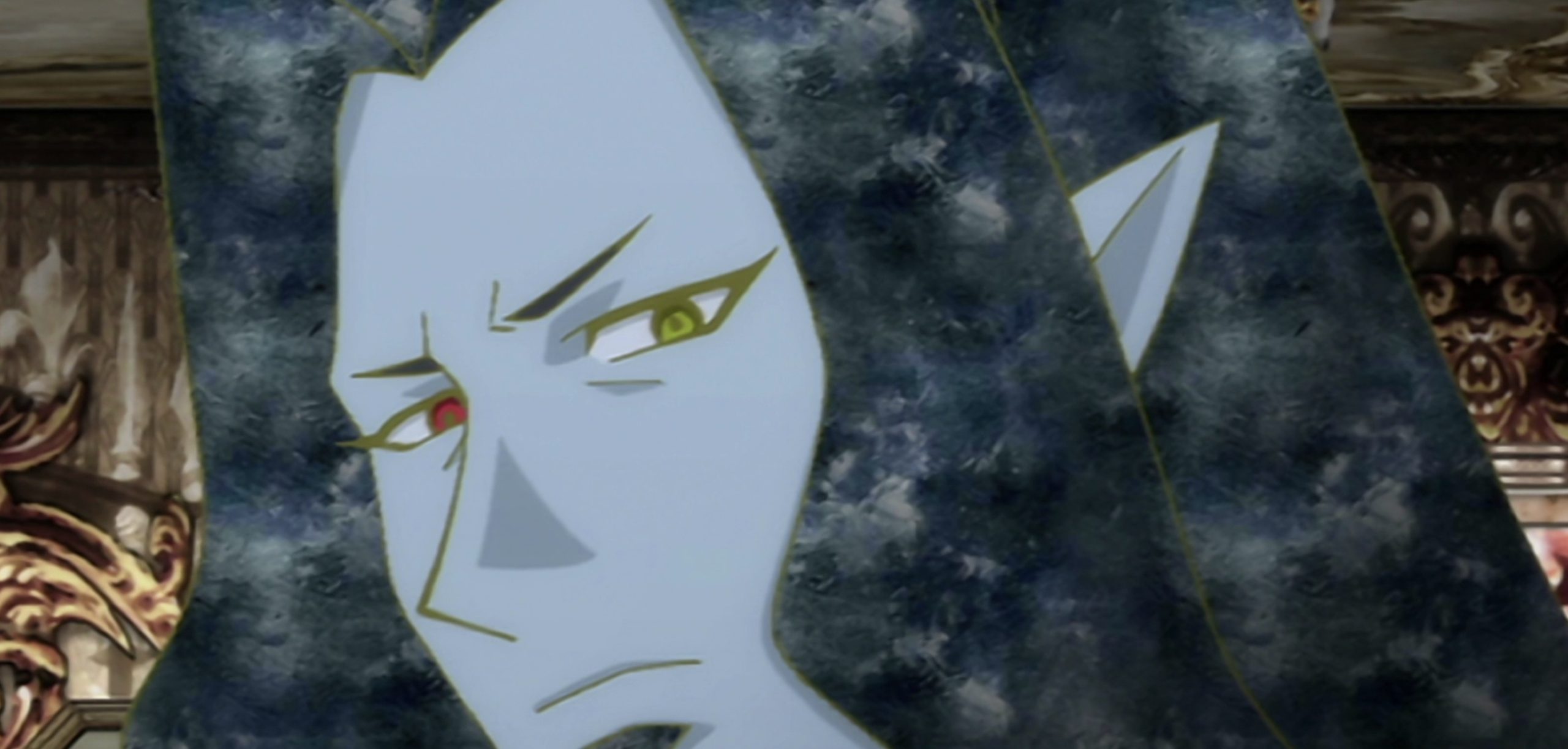
Eventually, the Count is shockingly revealed to be Edmund Dantes – Mercedes’s former lover. Twenty years prior, Edmund was wrongly imprisoned through manipulation by Danglars, Fernand, and Villefort.
Inside the prison, Edmund met the demon Gankutsuou and escaped, reinventing himself as The Count to craft an intricate revenge against all who betrayed him.
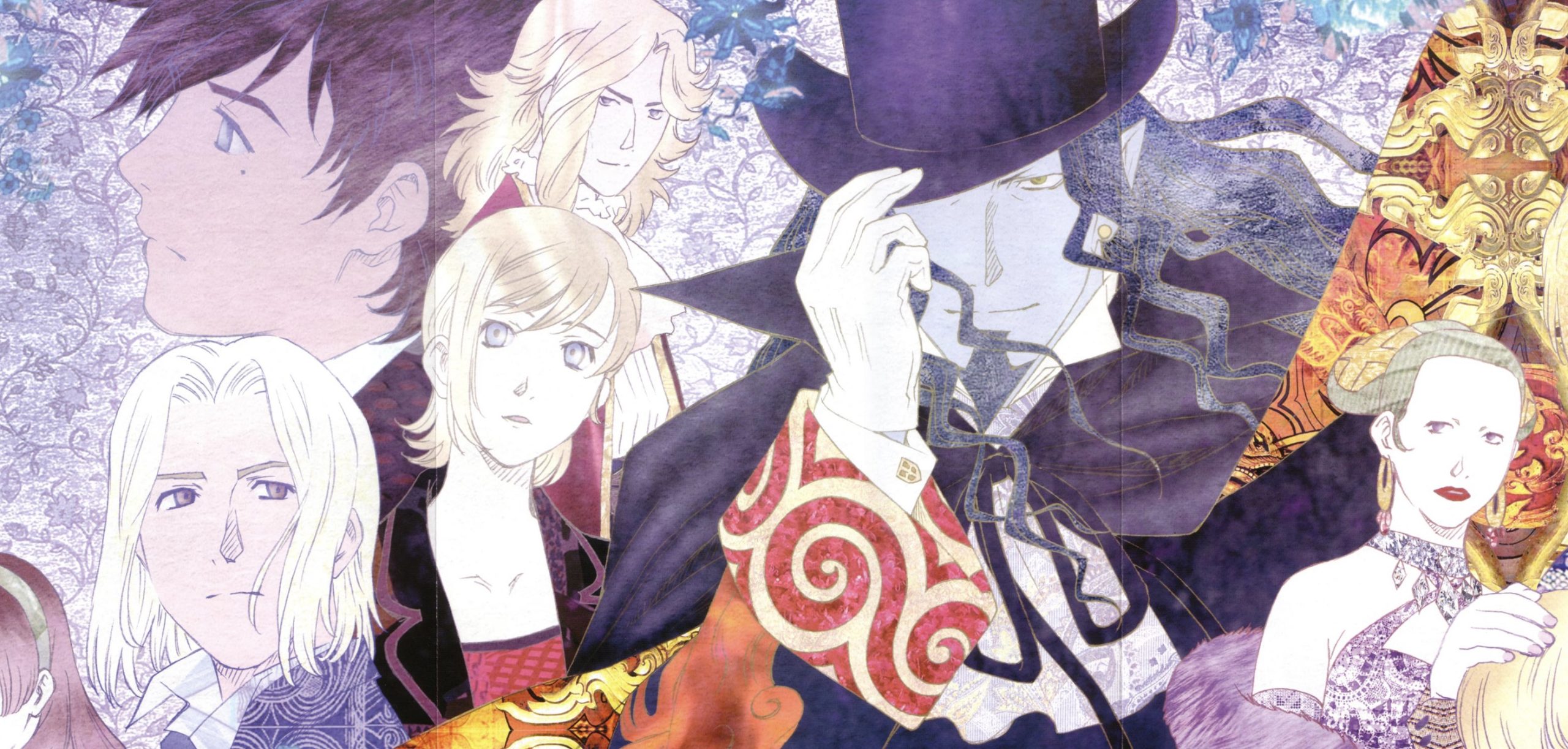
Part of his plan includes orchestrating Albert’s kidnapping to insinuate himself into Parisian nobility.
As The Count meticulously destroys the lives of those who allowed him to suffer behind bars, Albert struggles to uncover the truth and protect his family from this master manipulator who has inserted himself into their lives.

